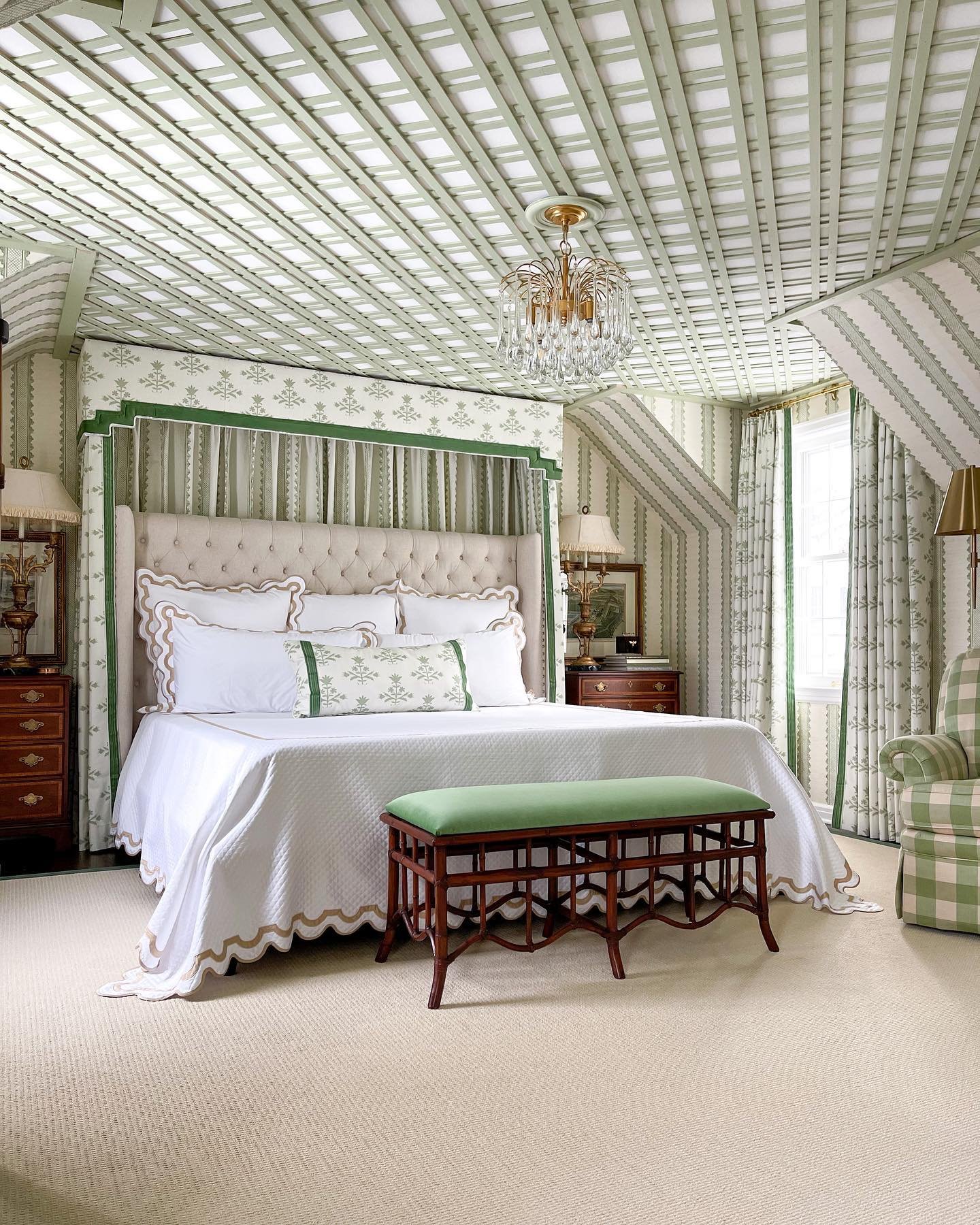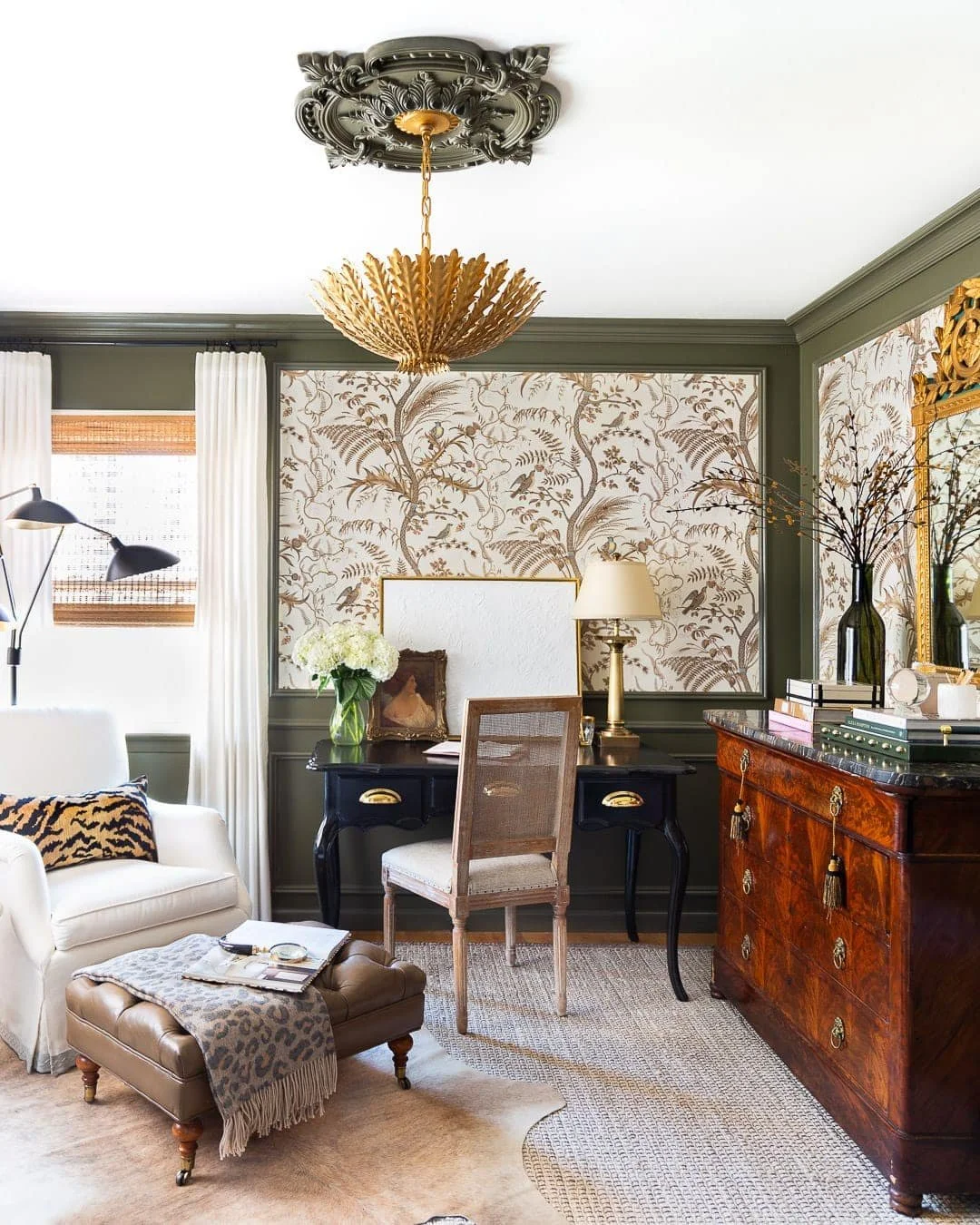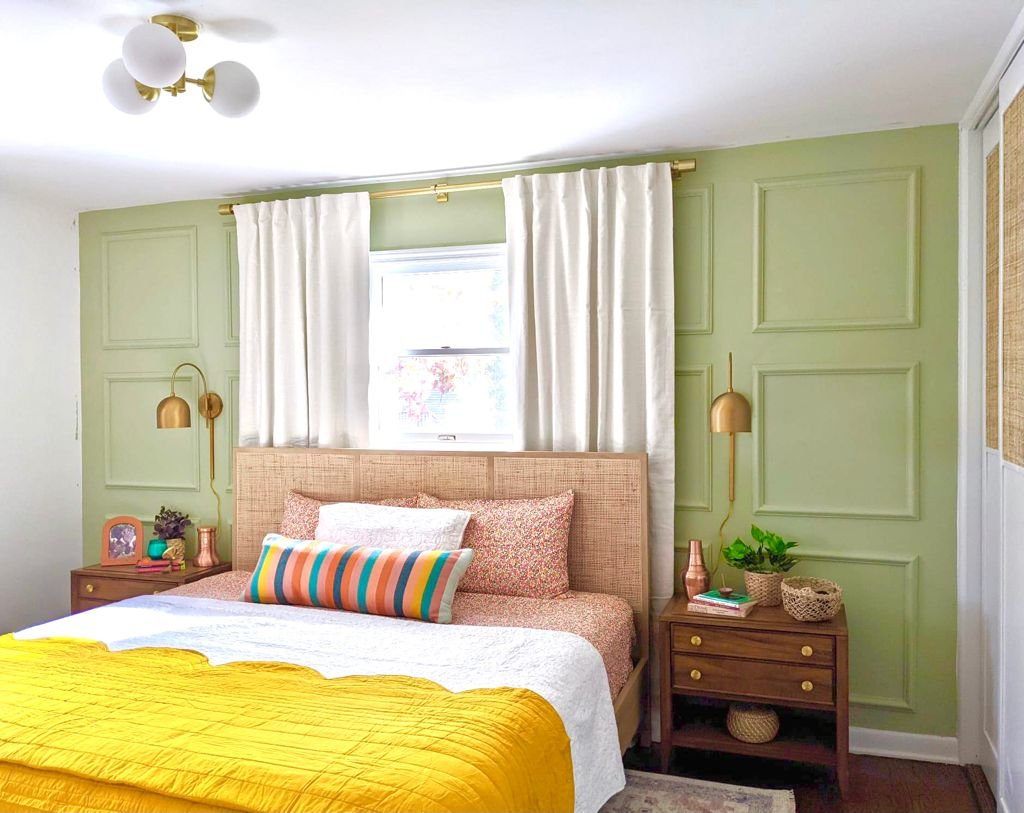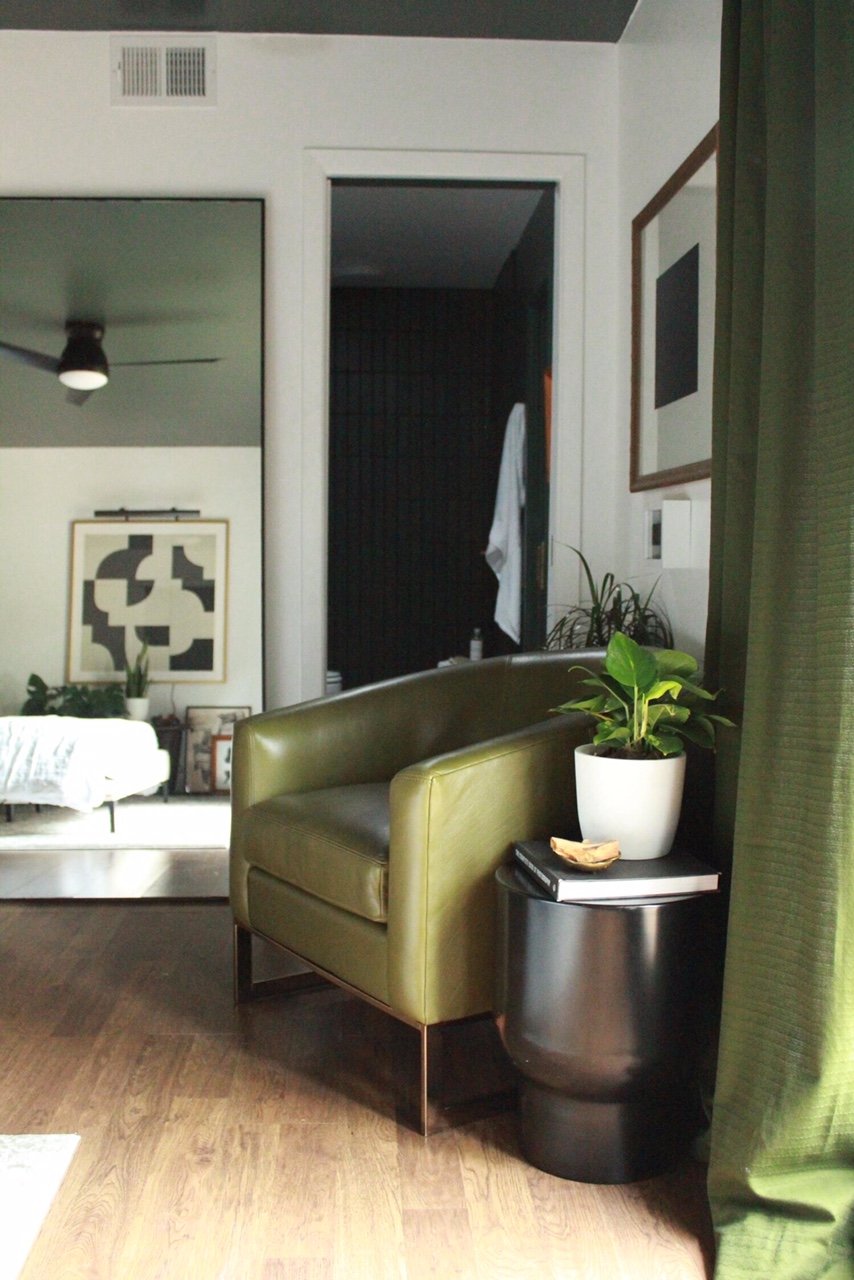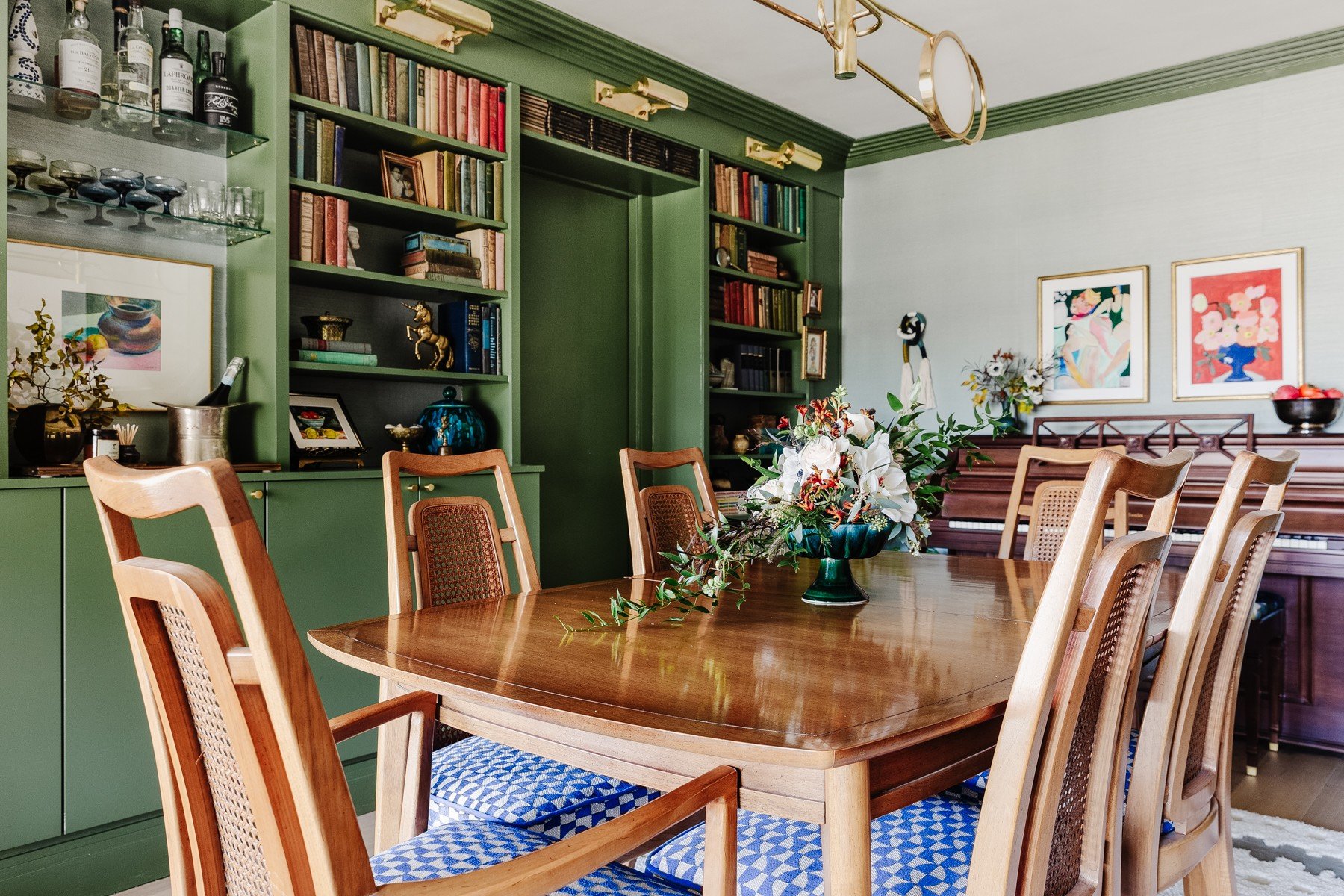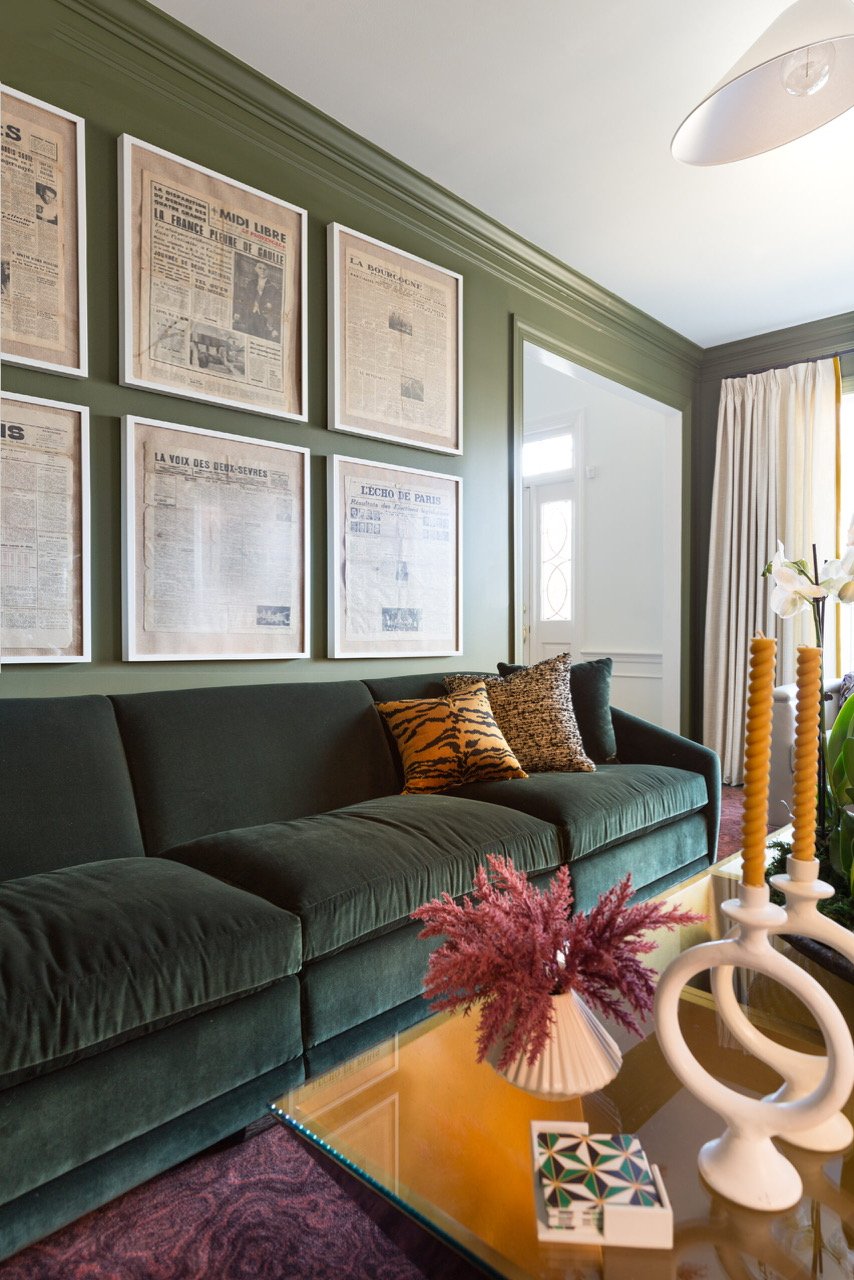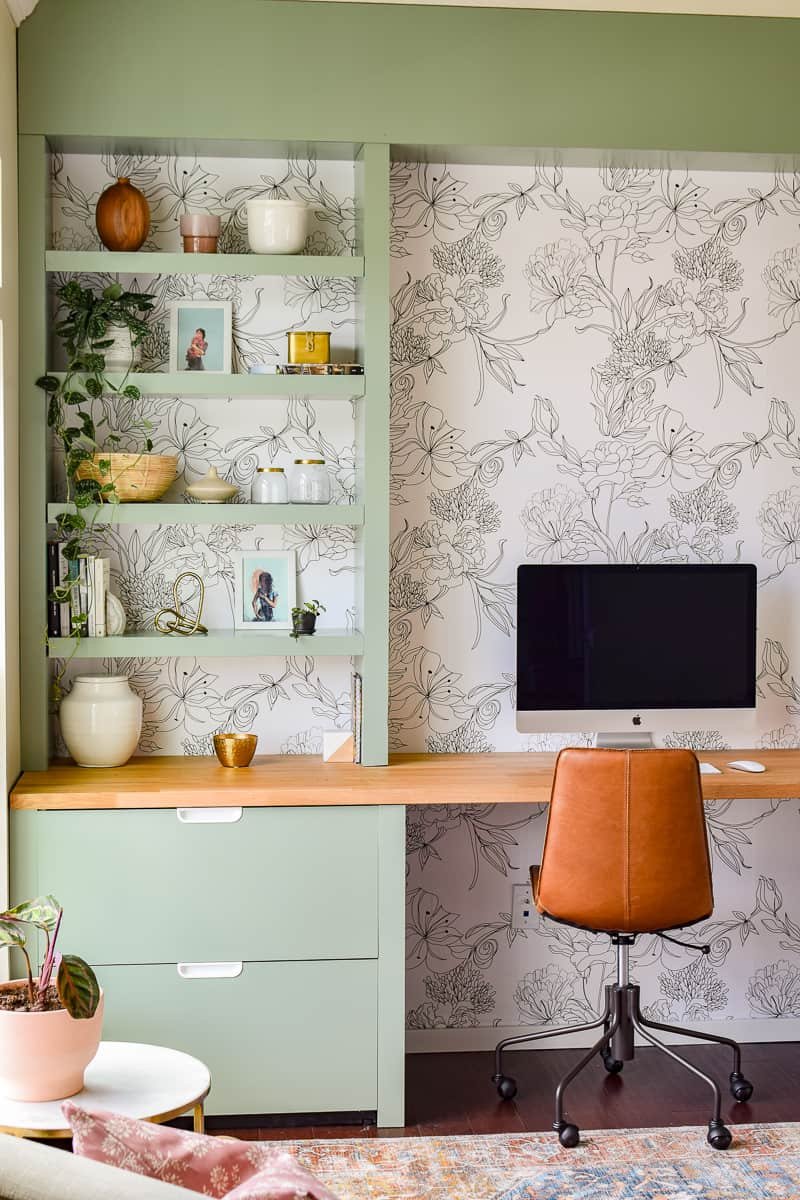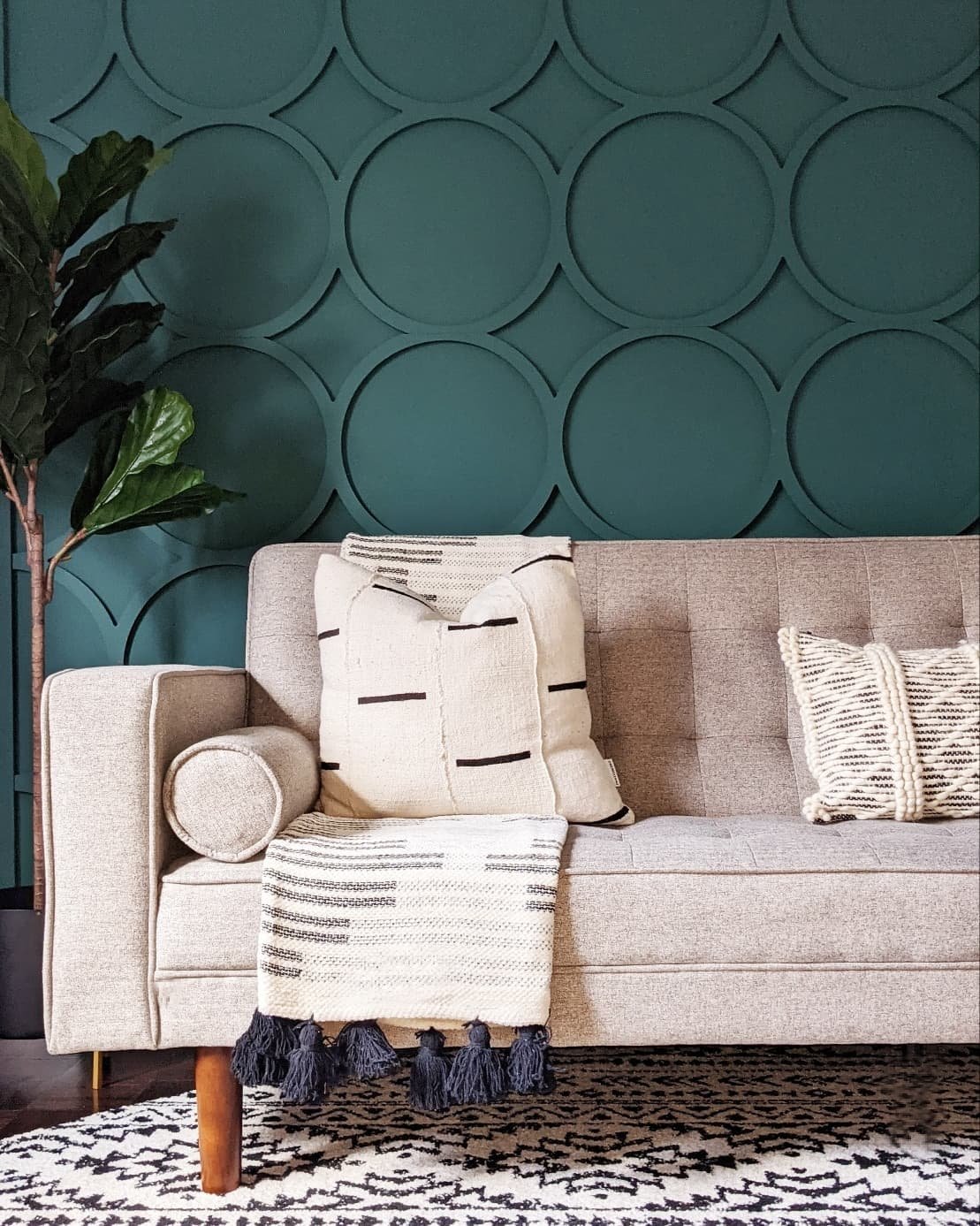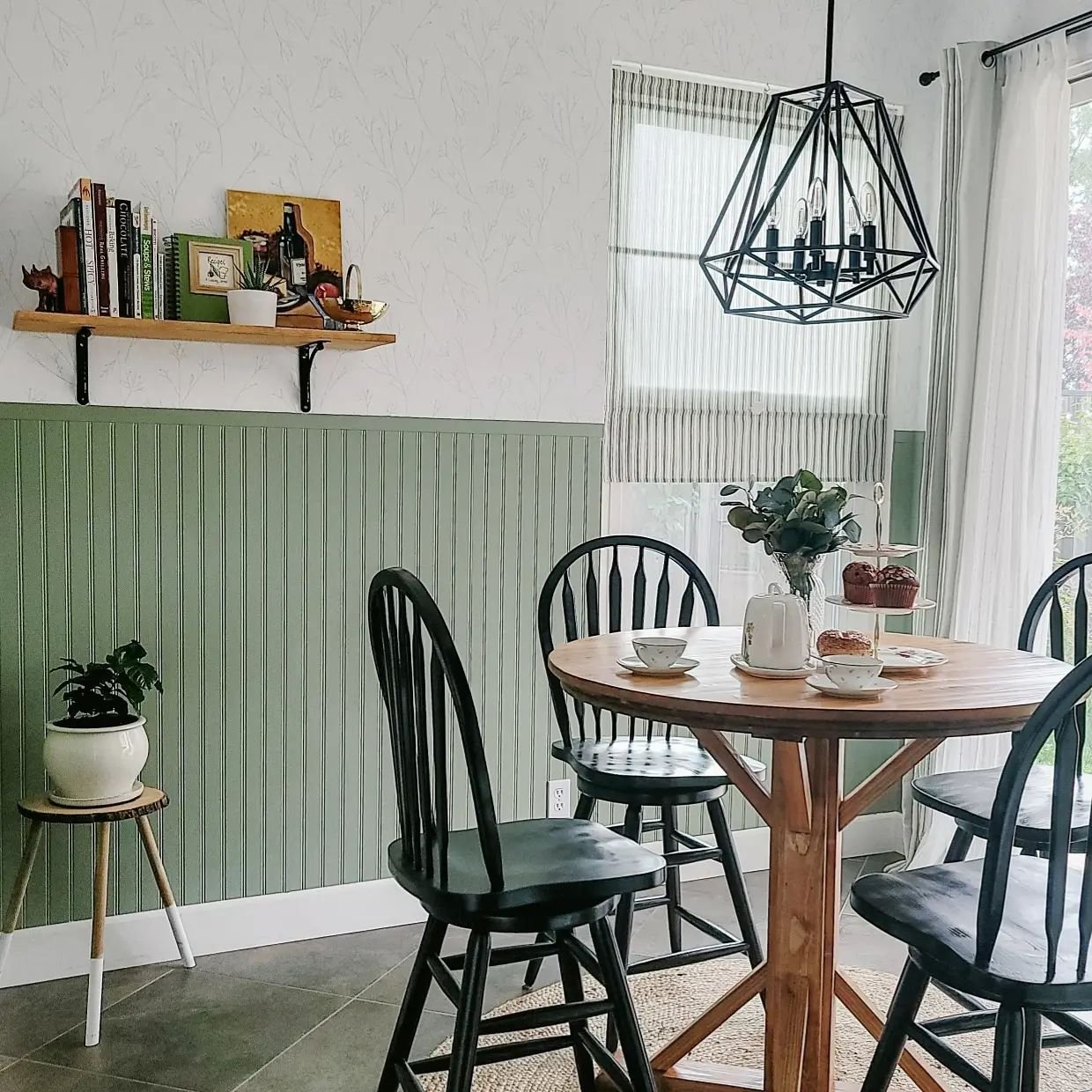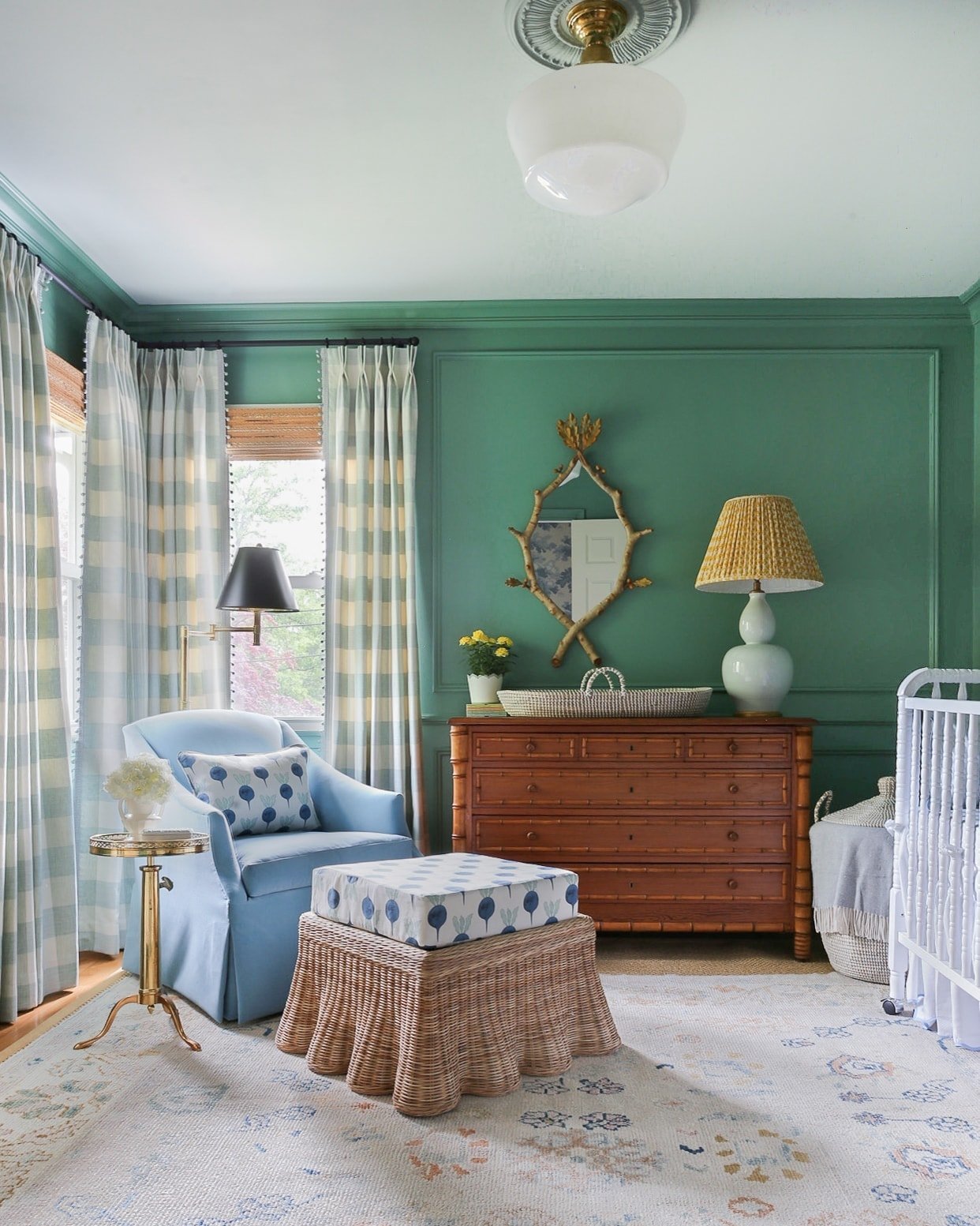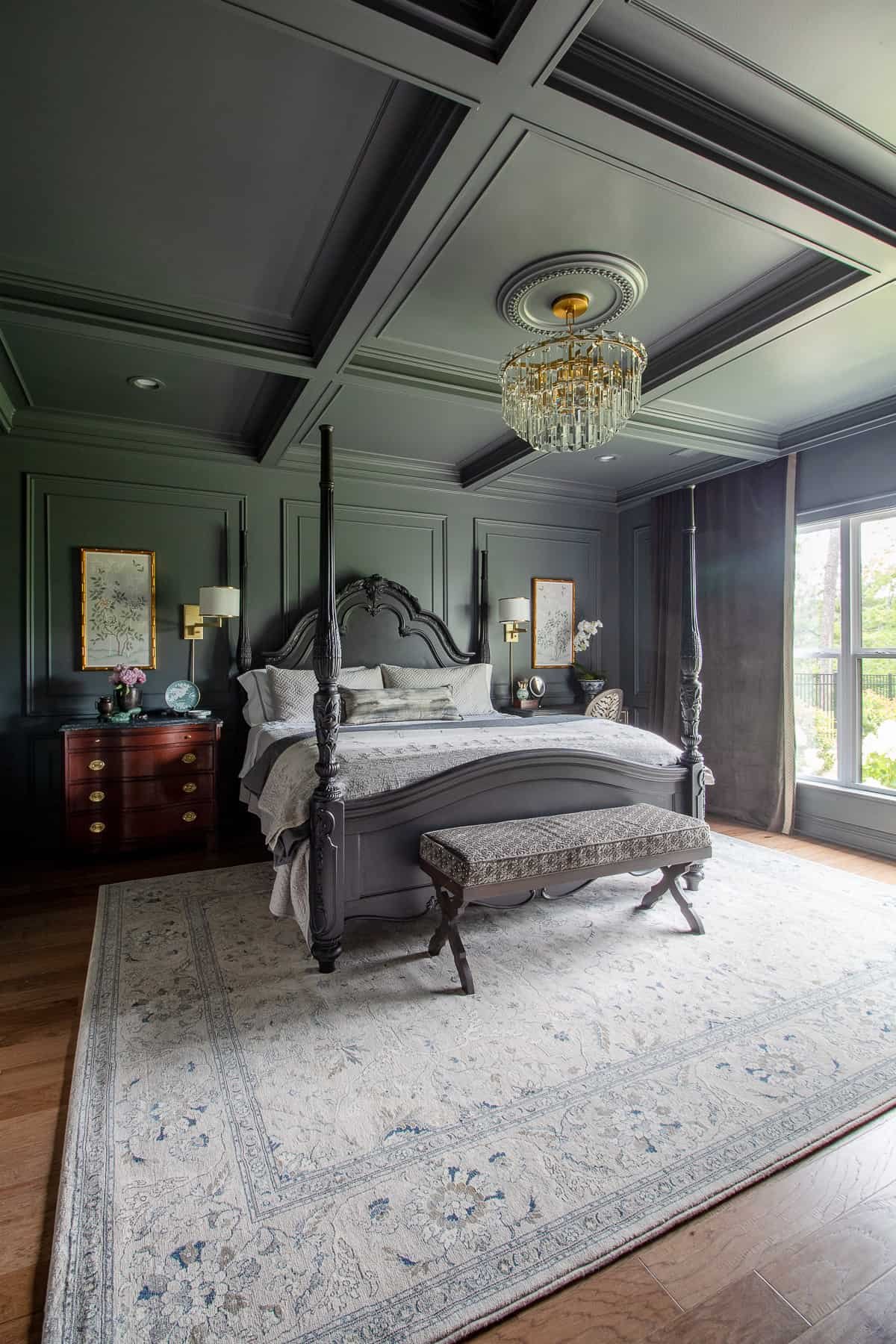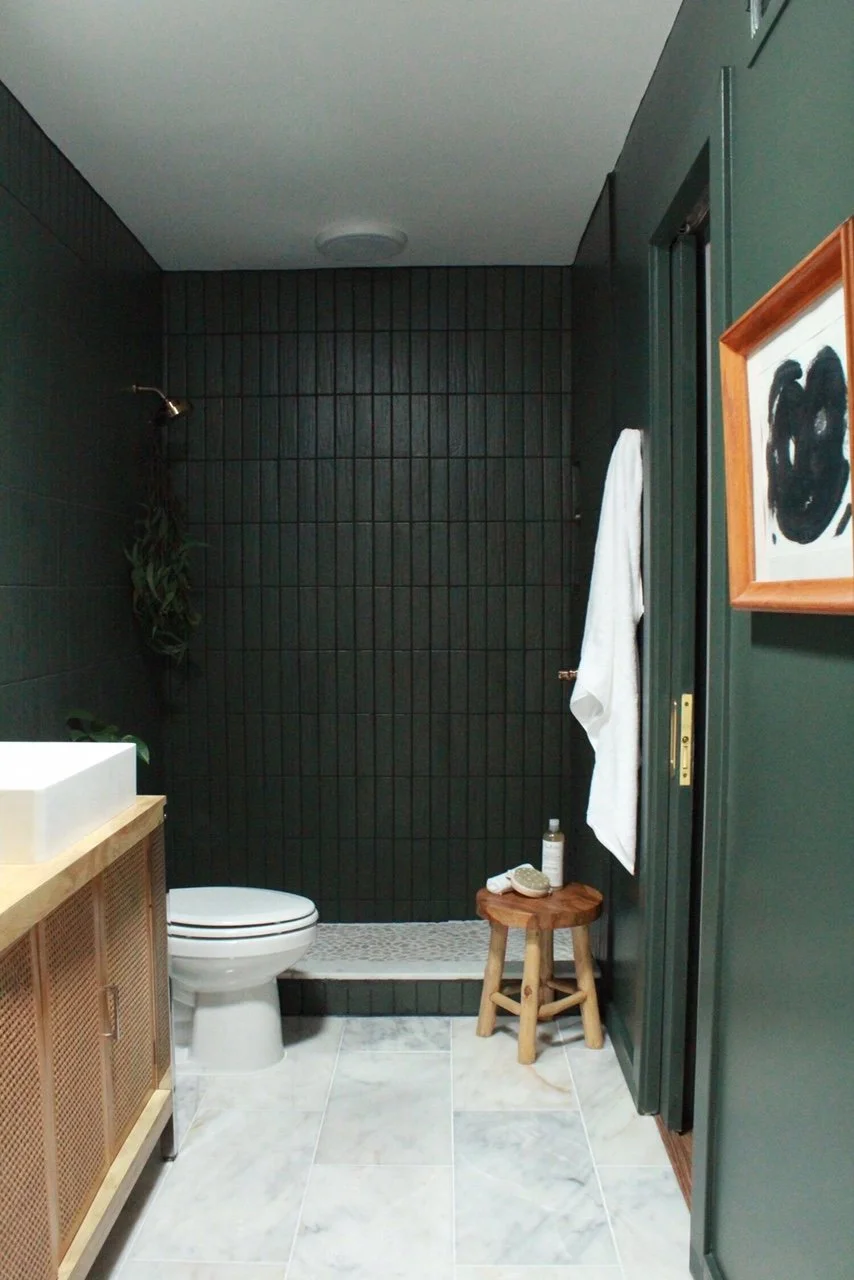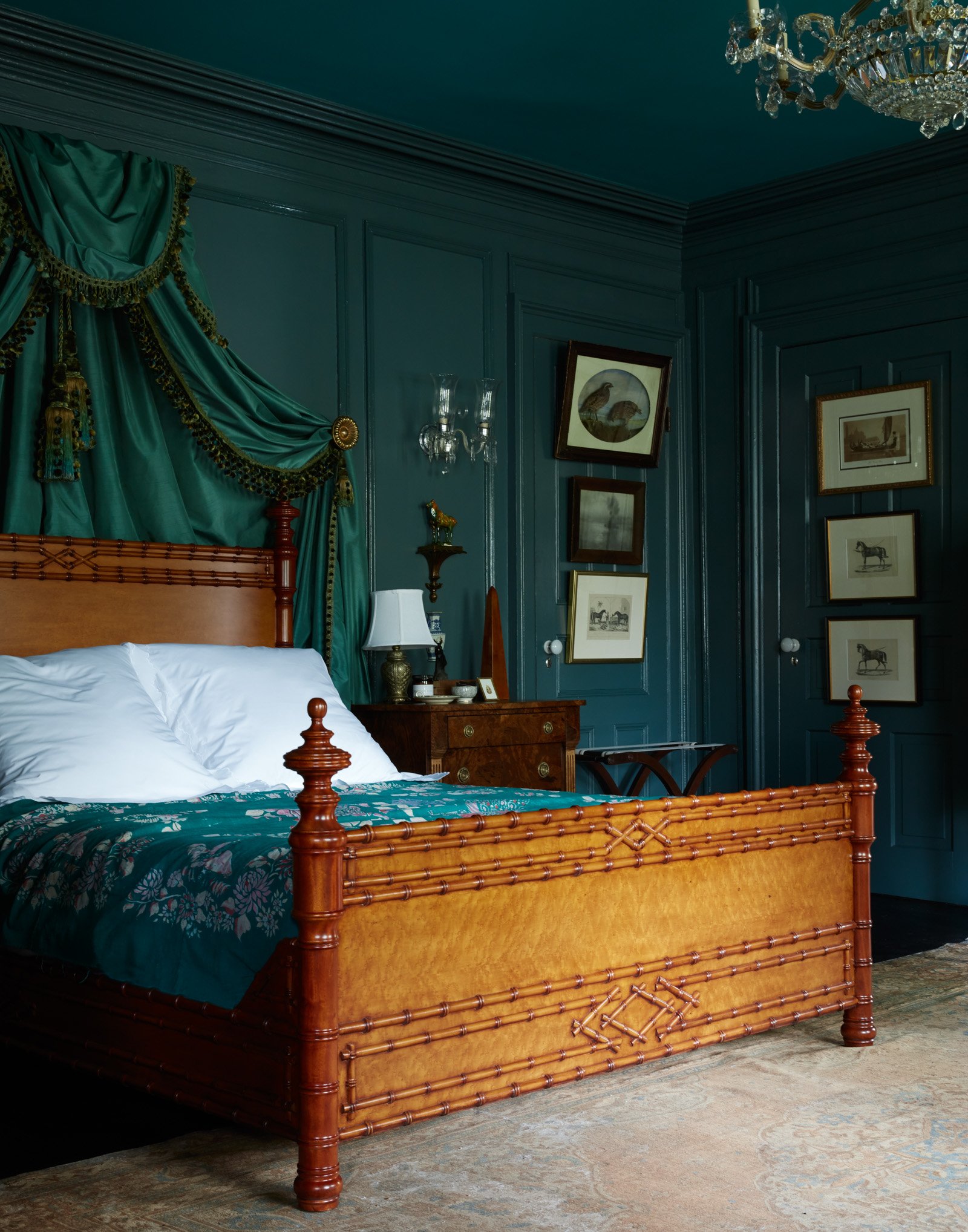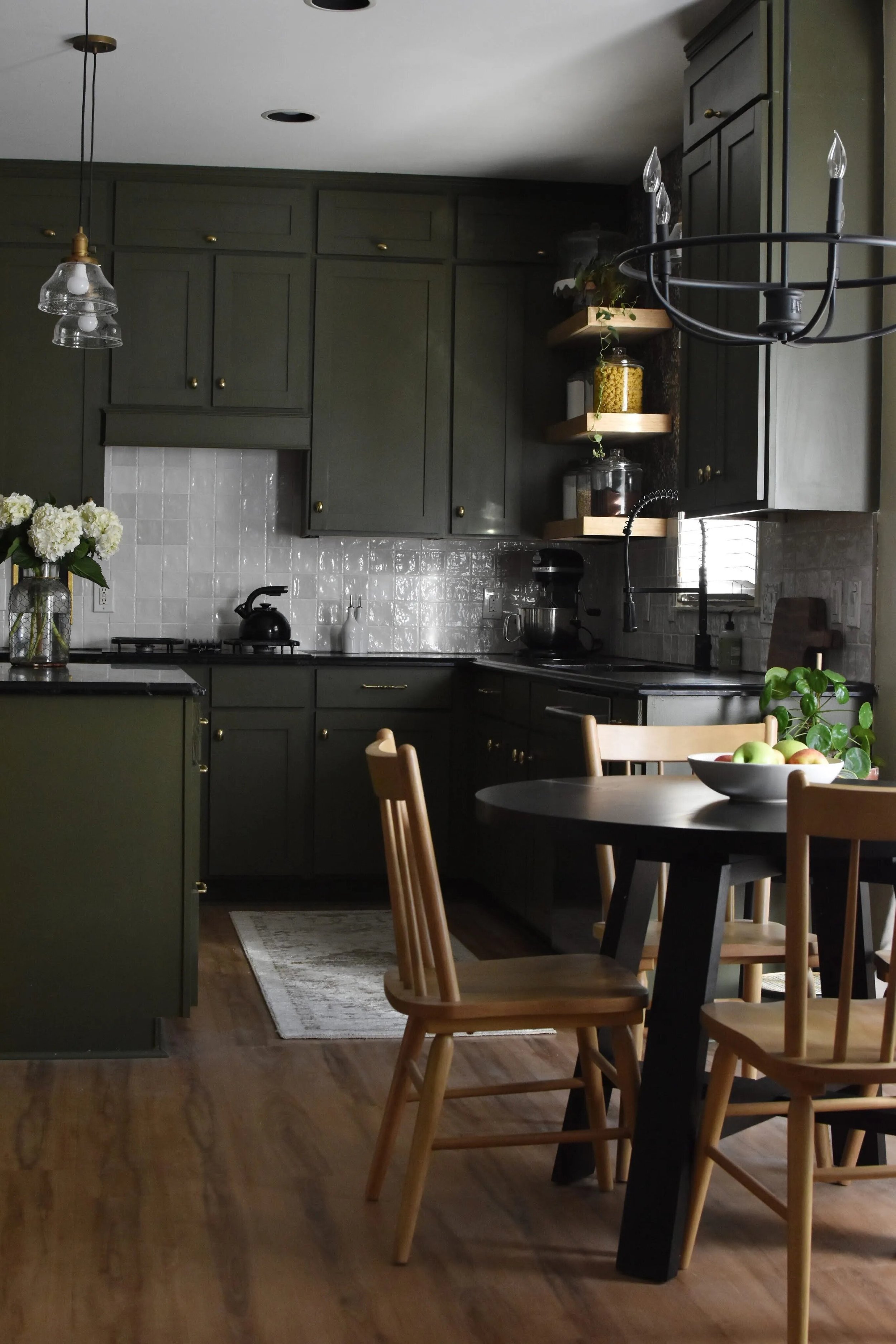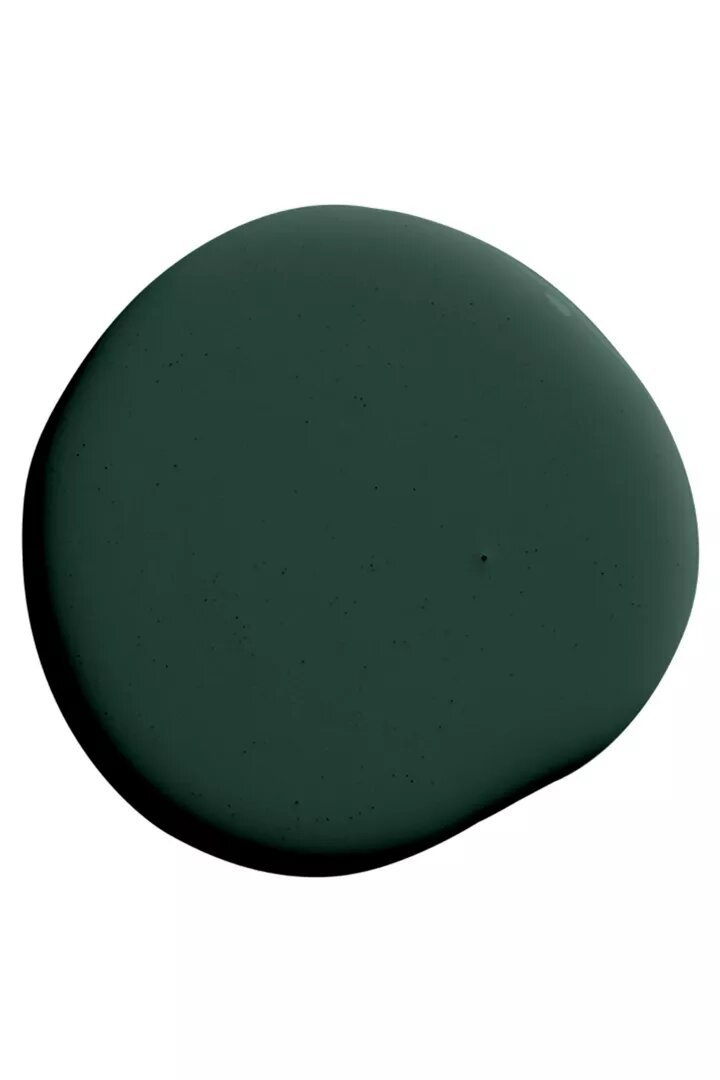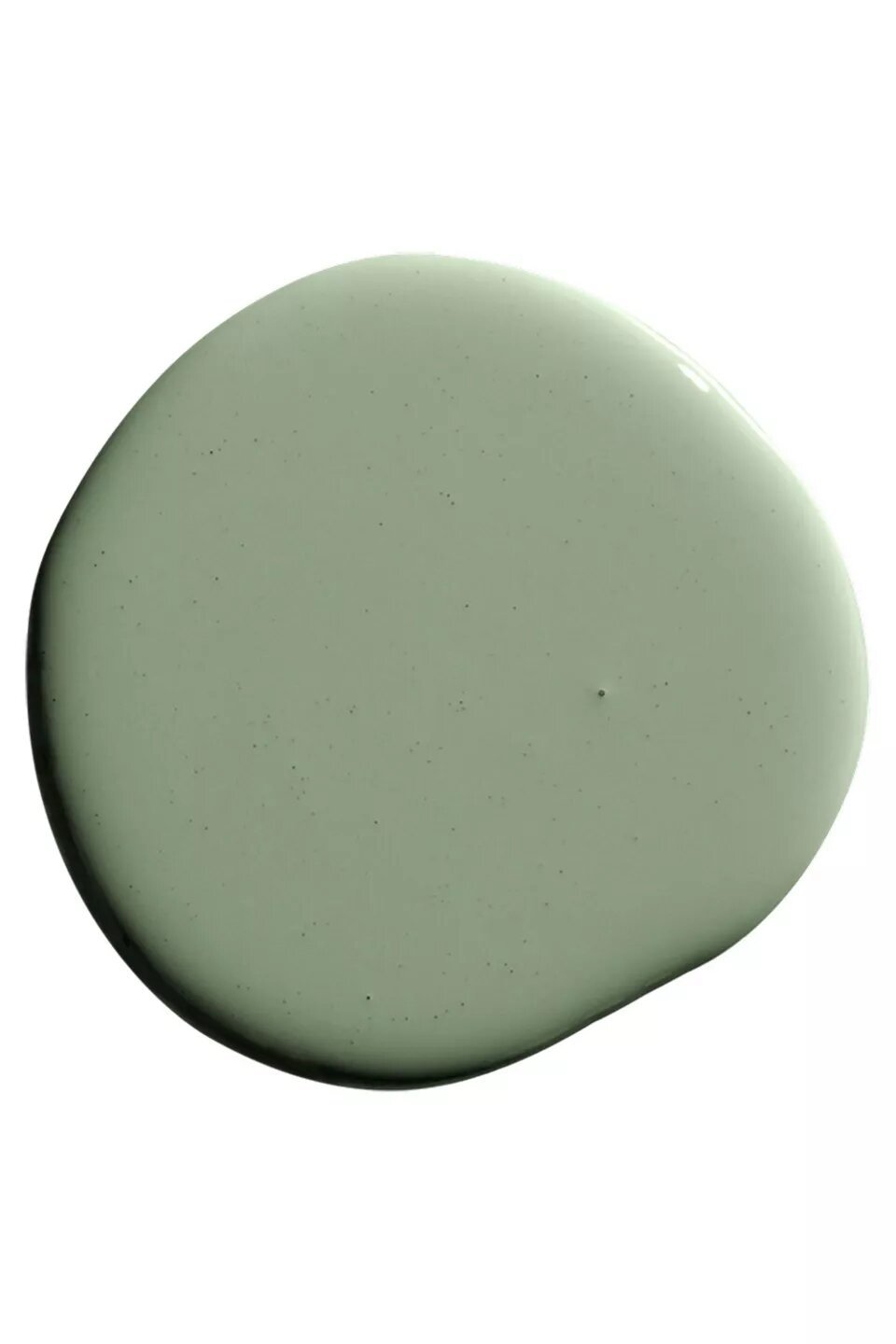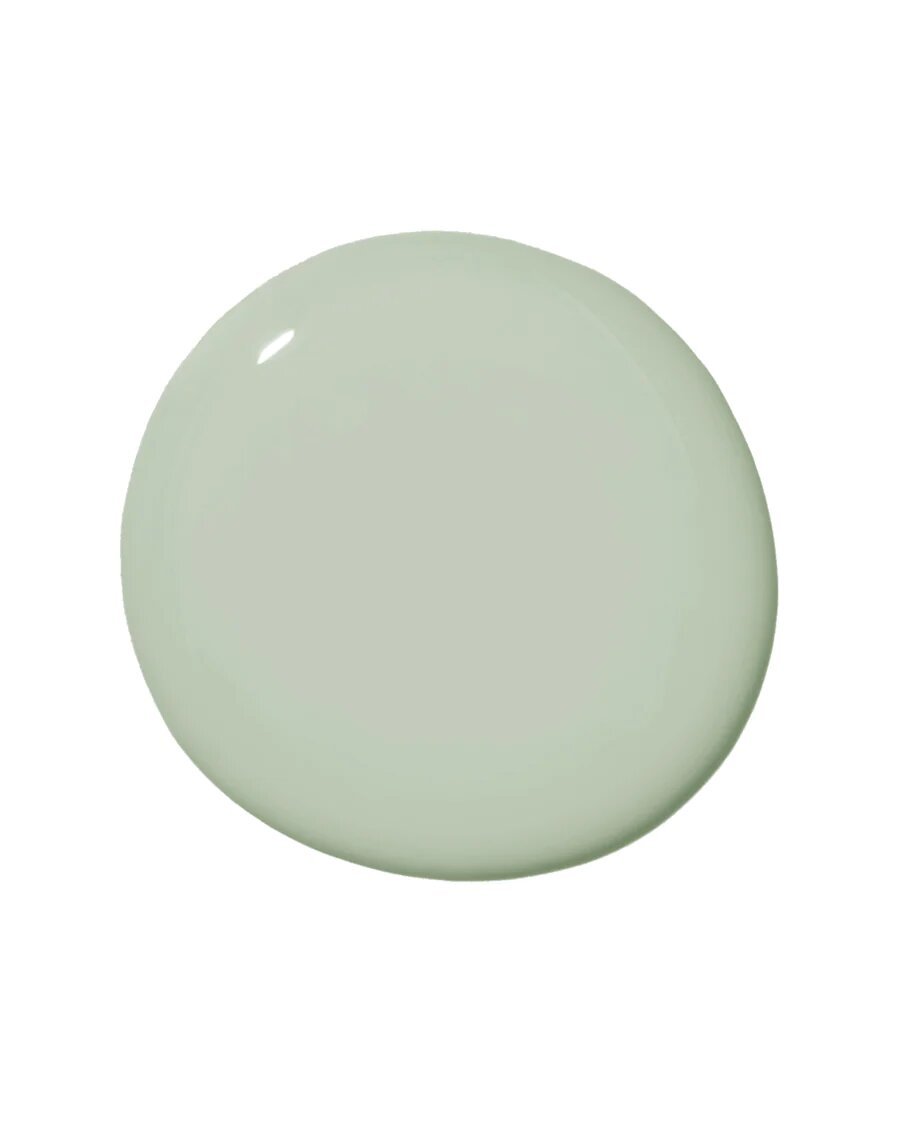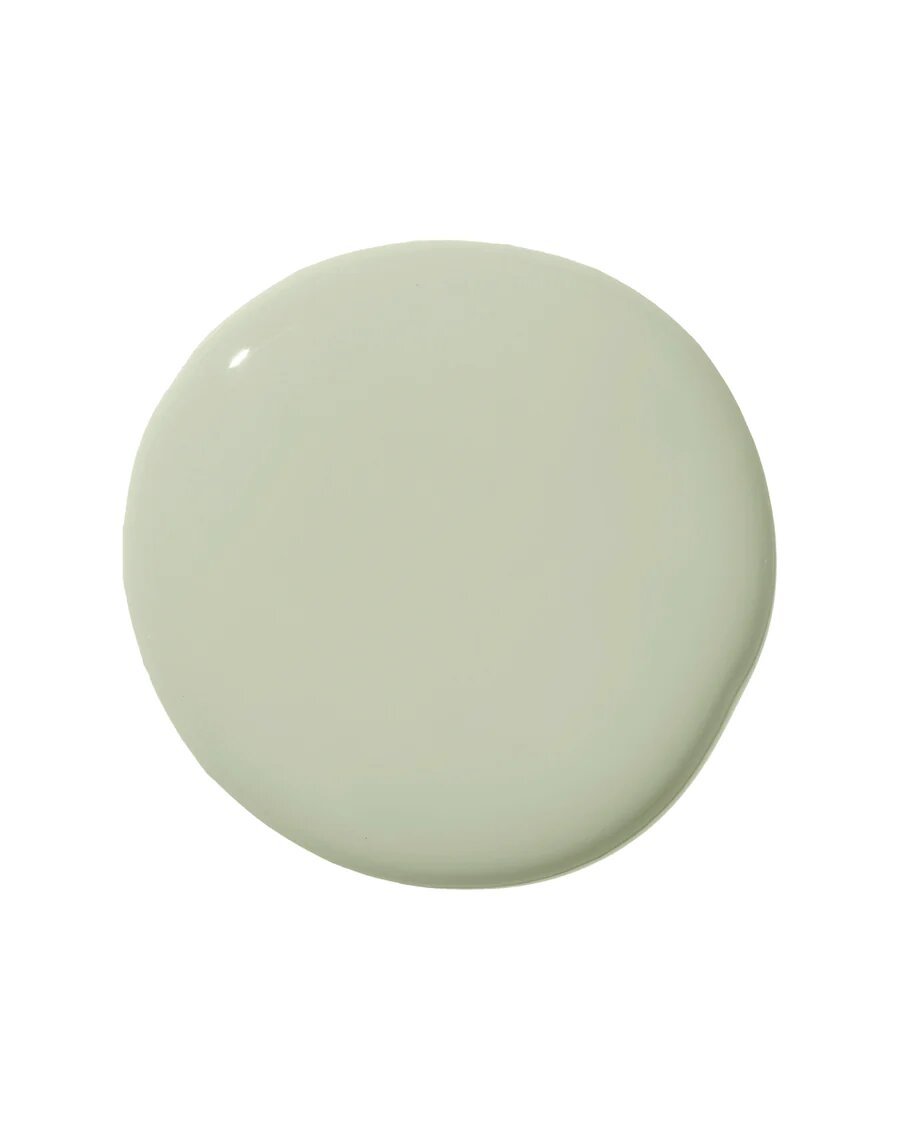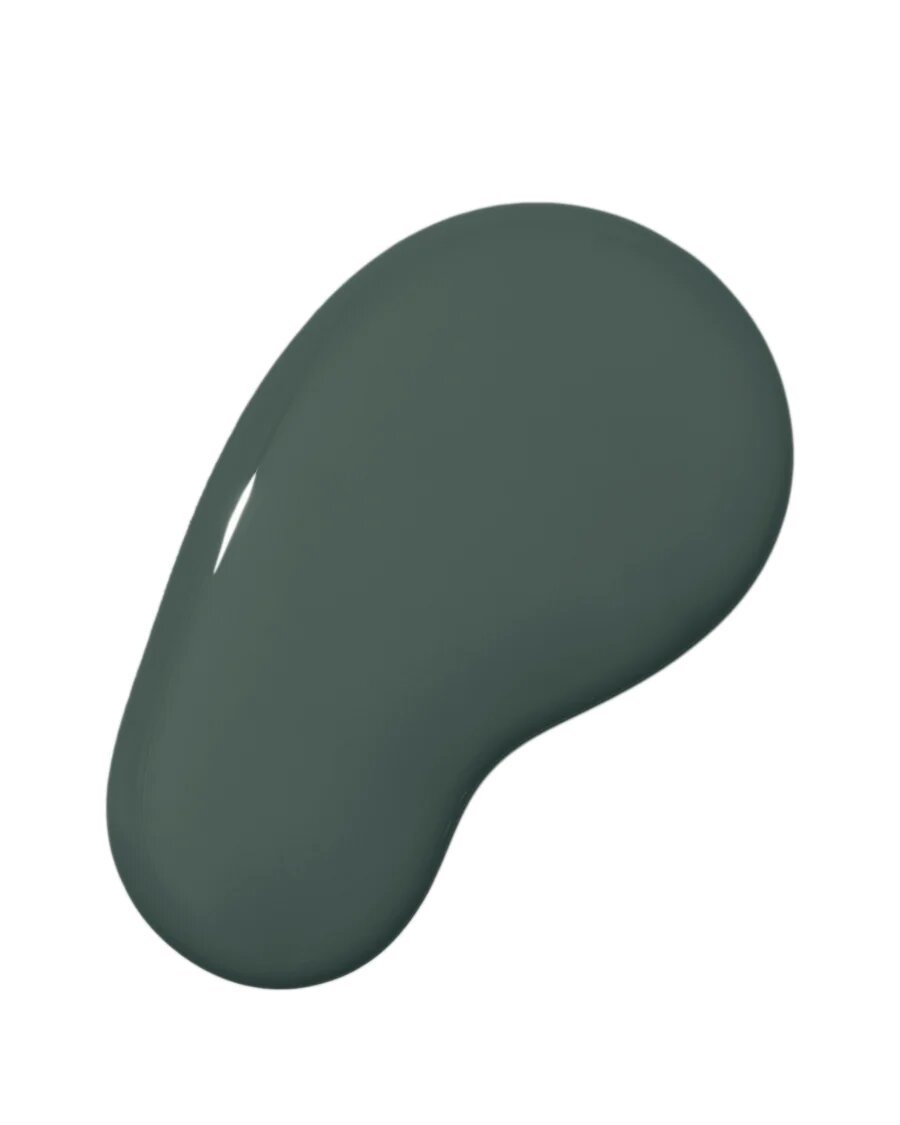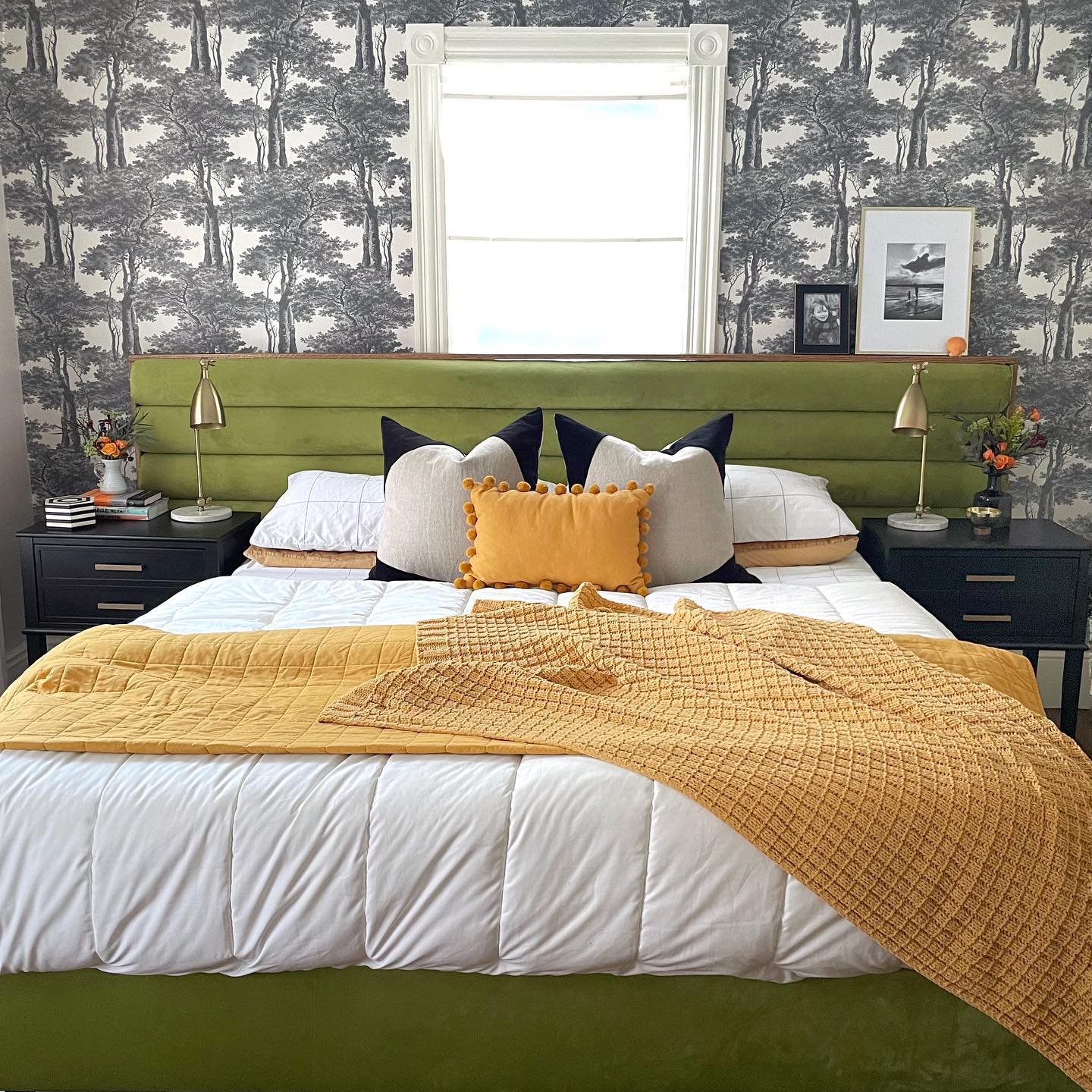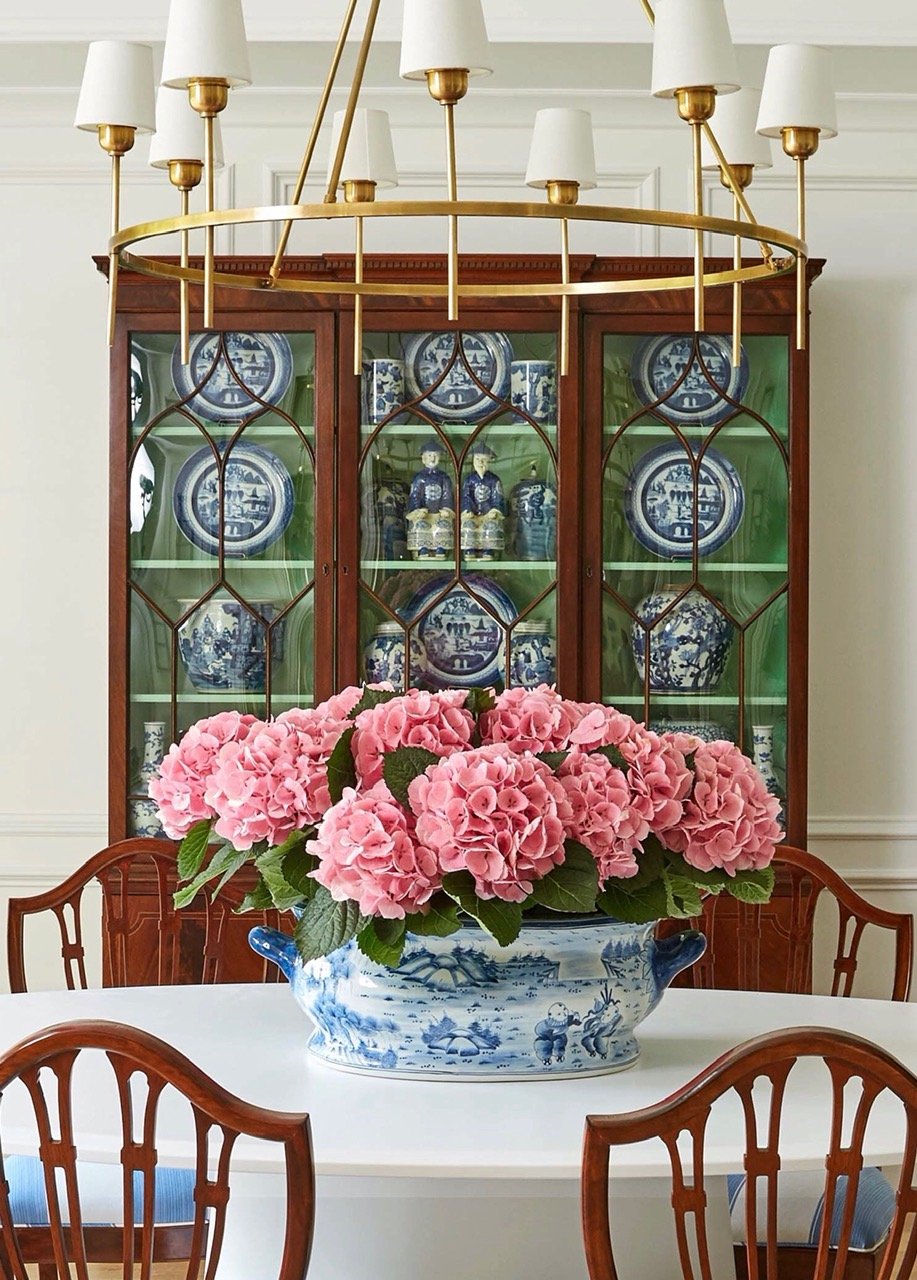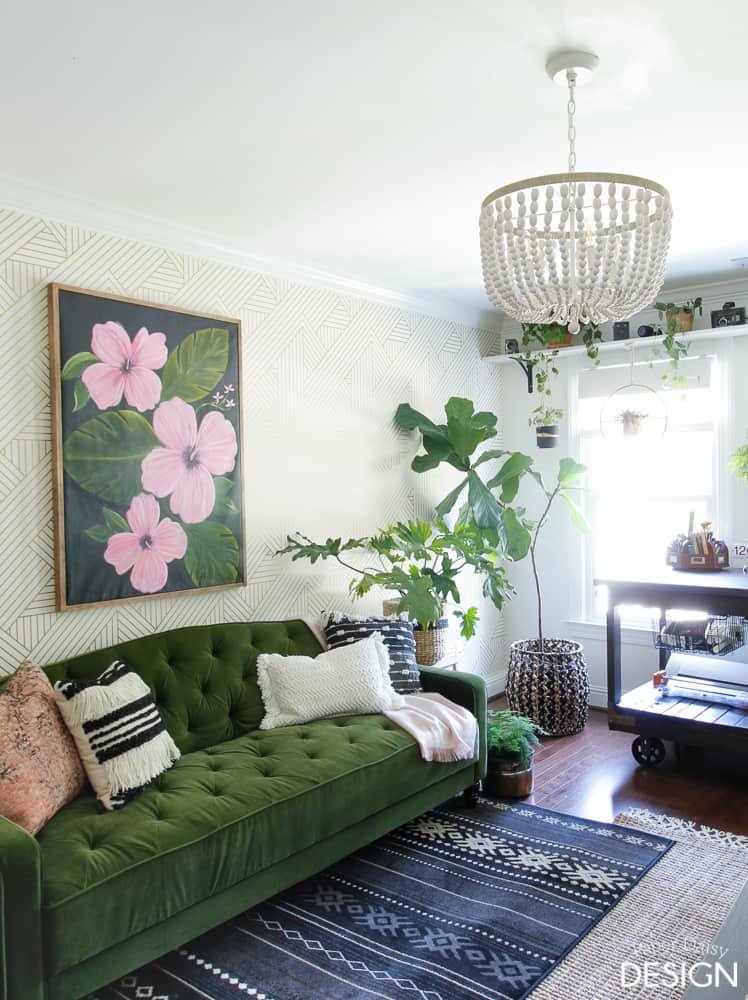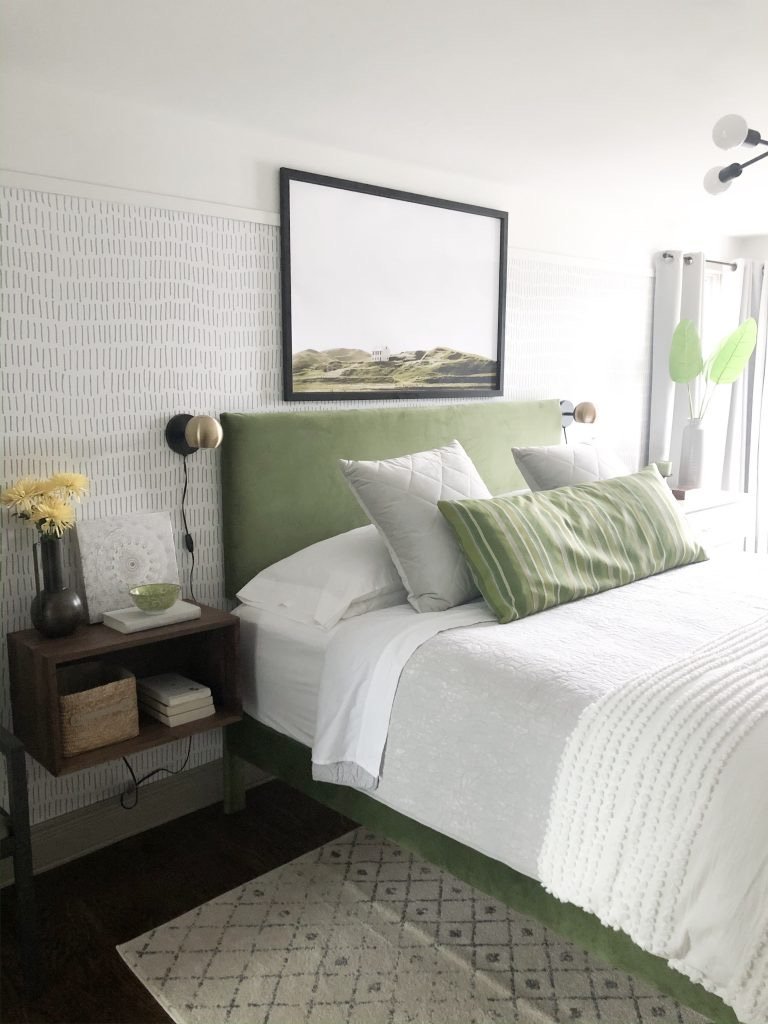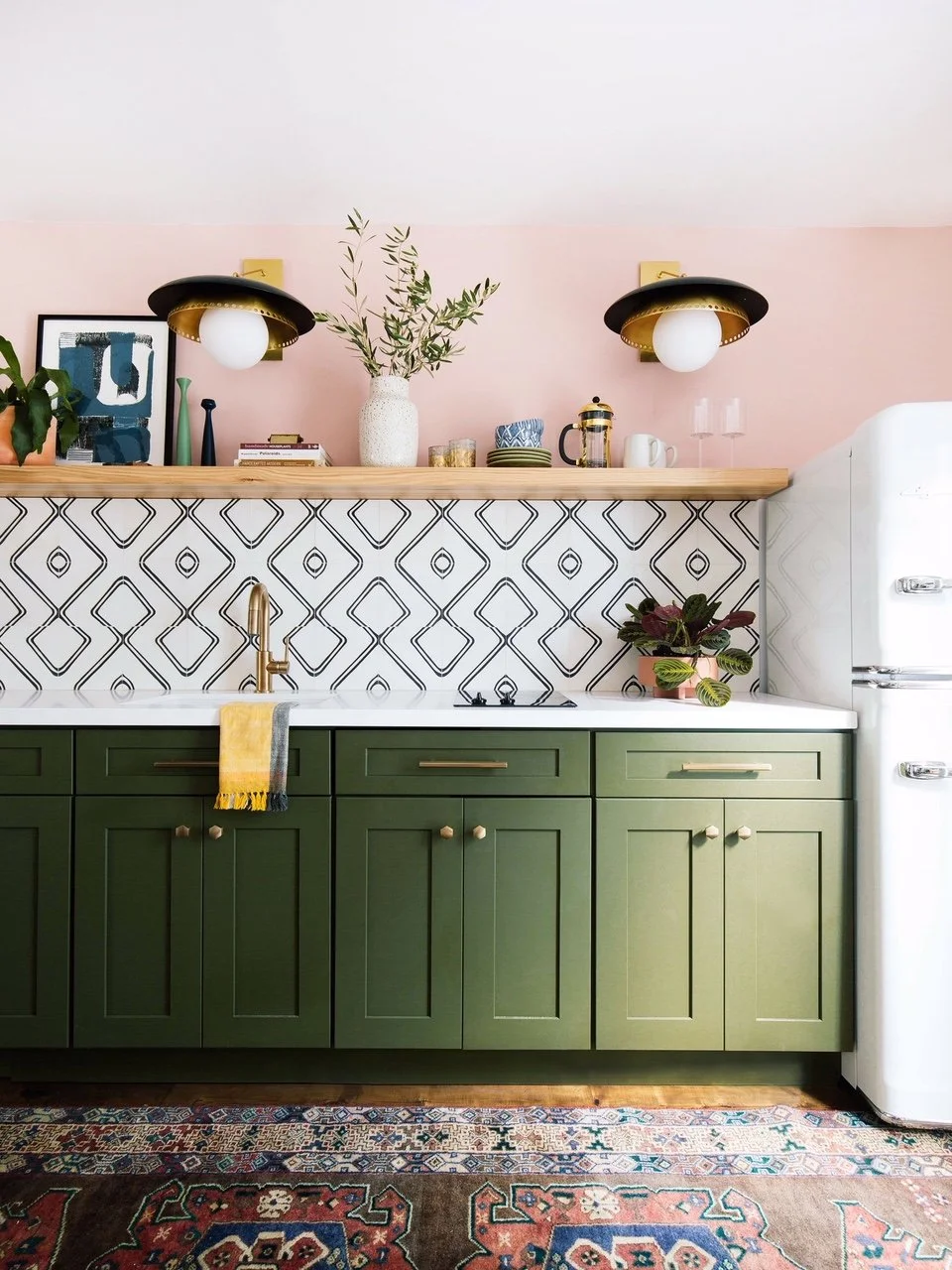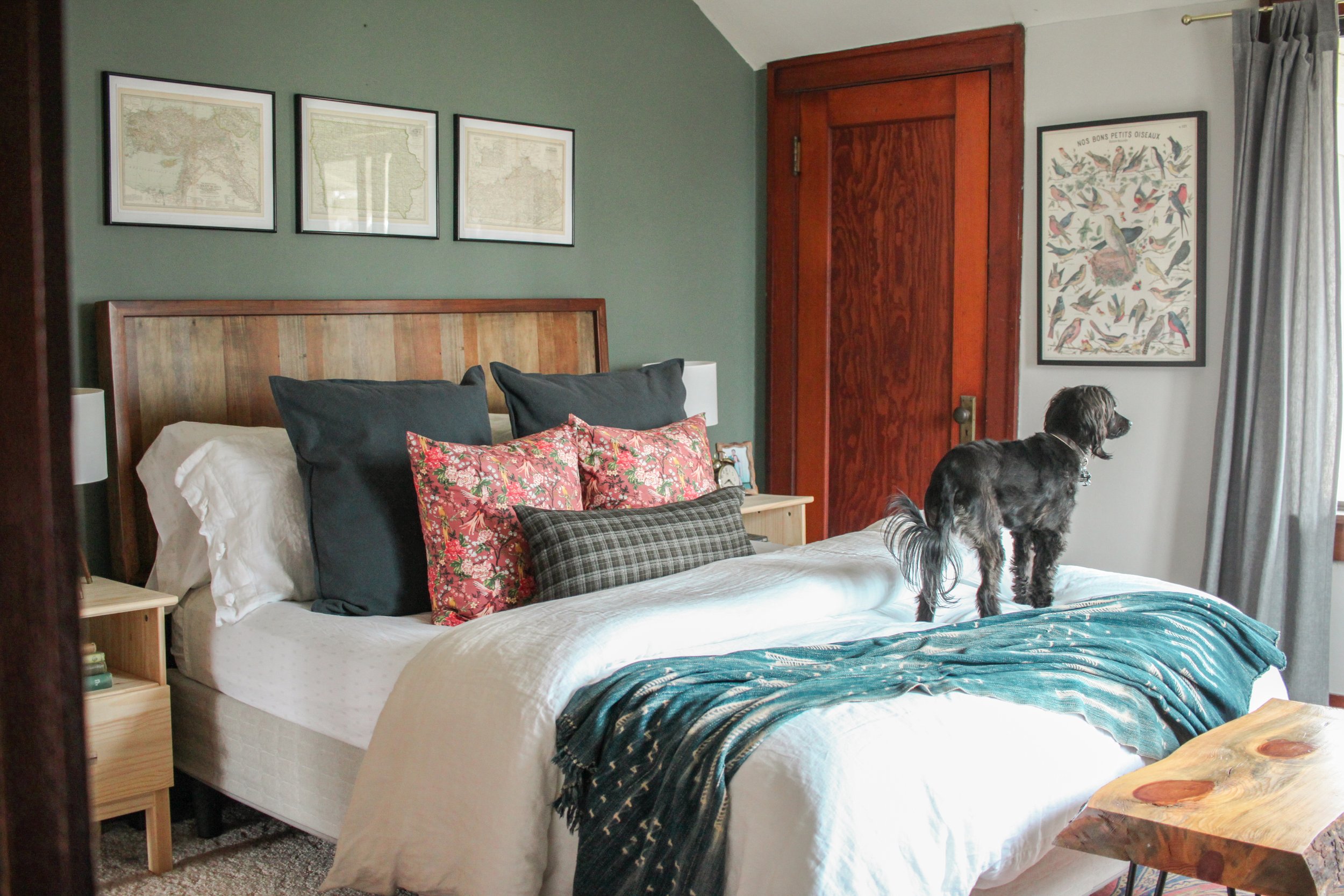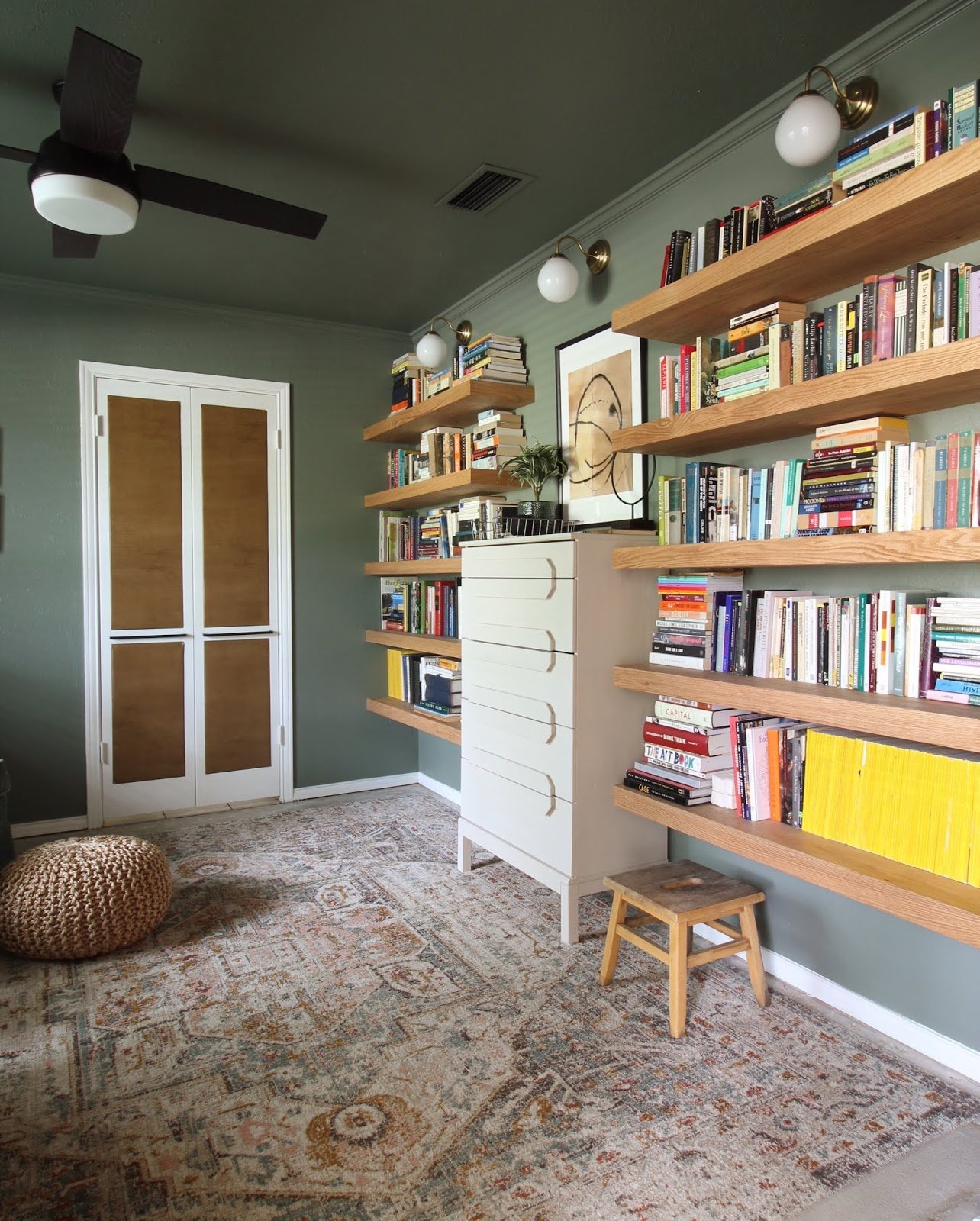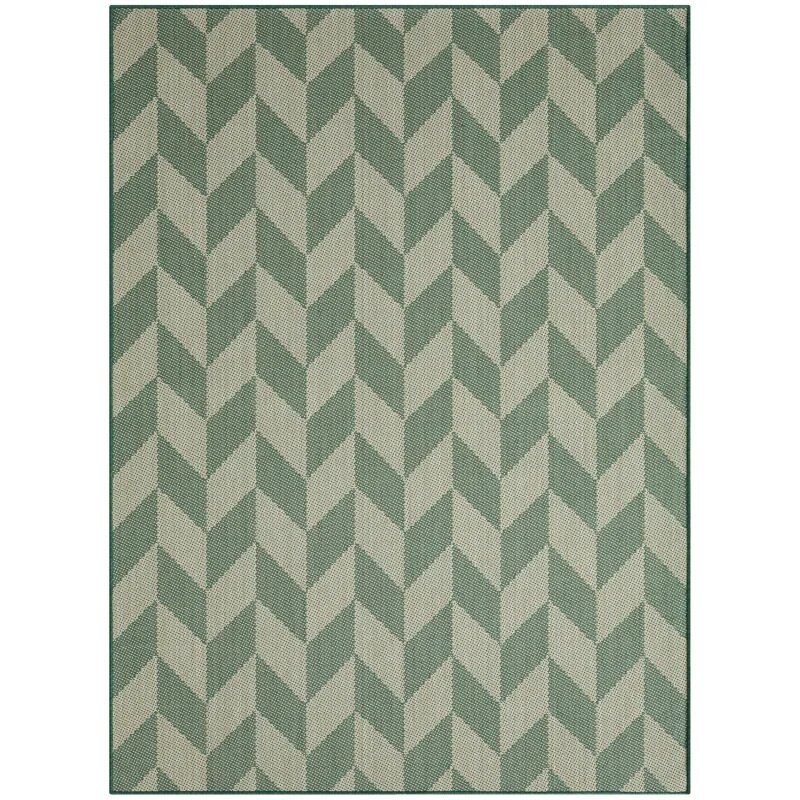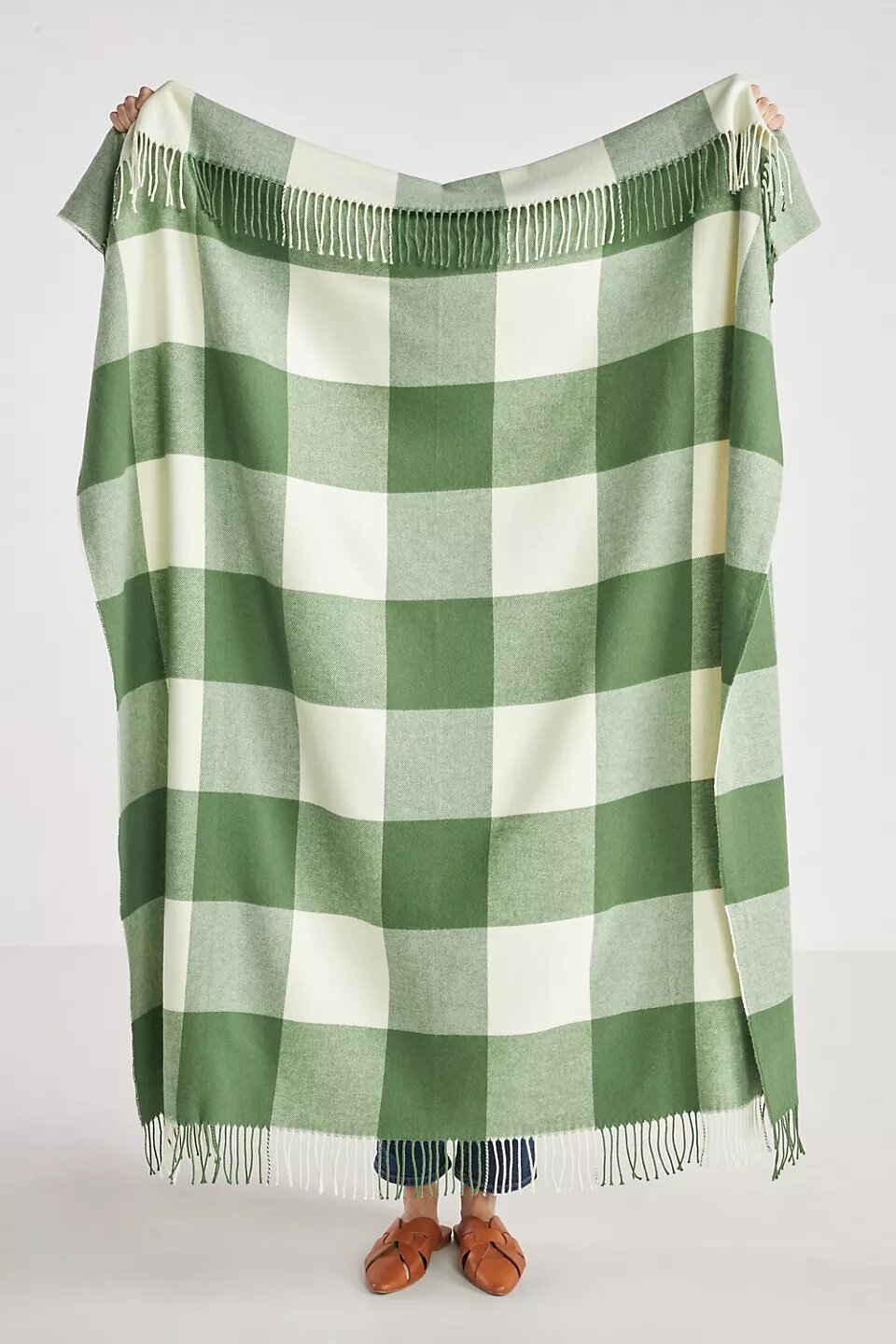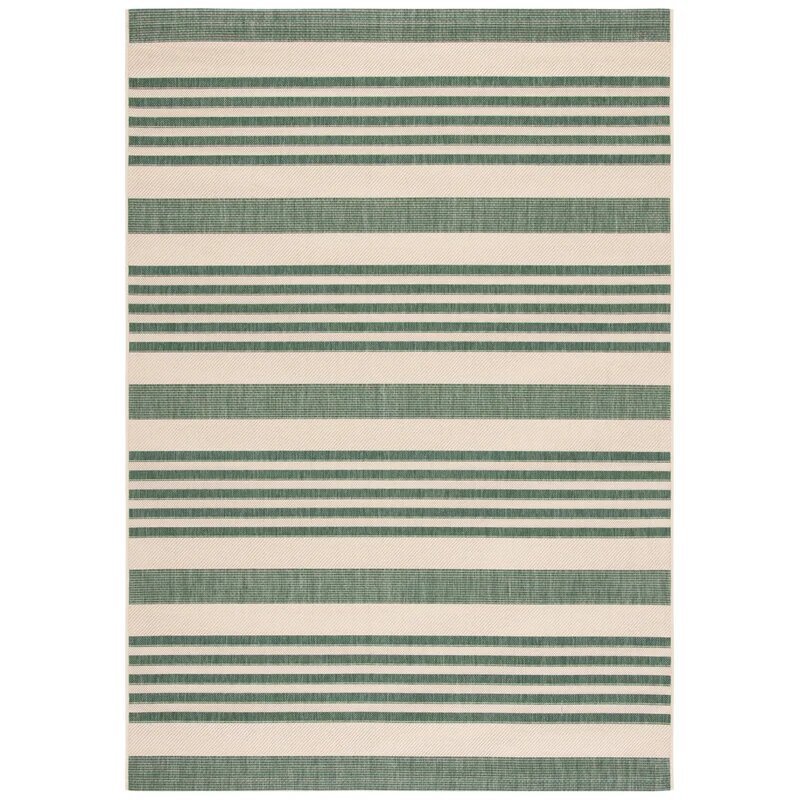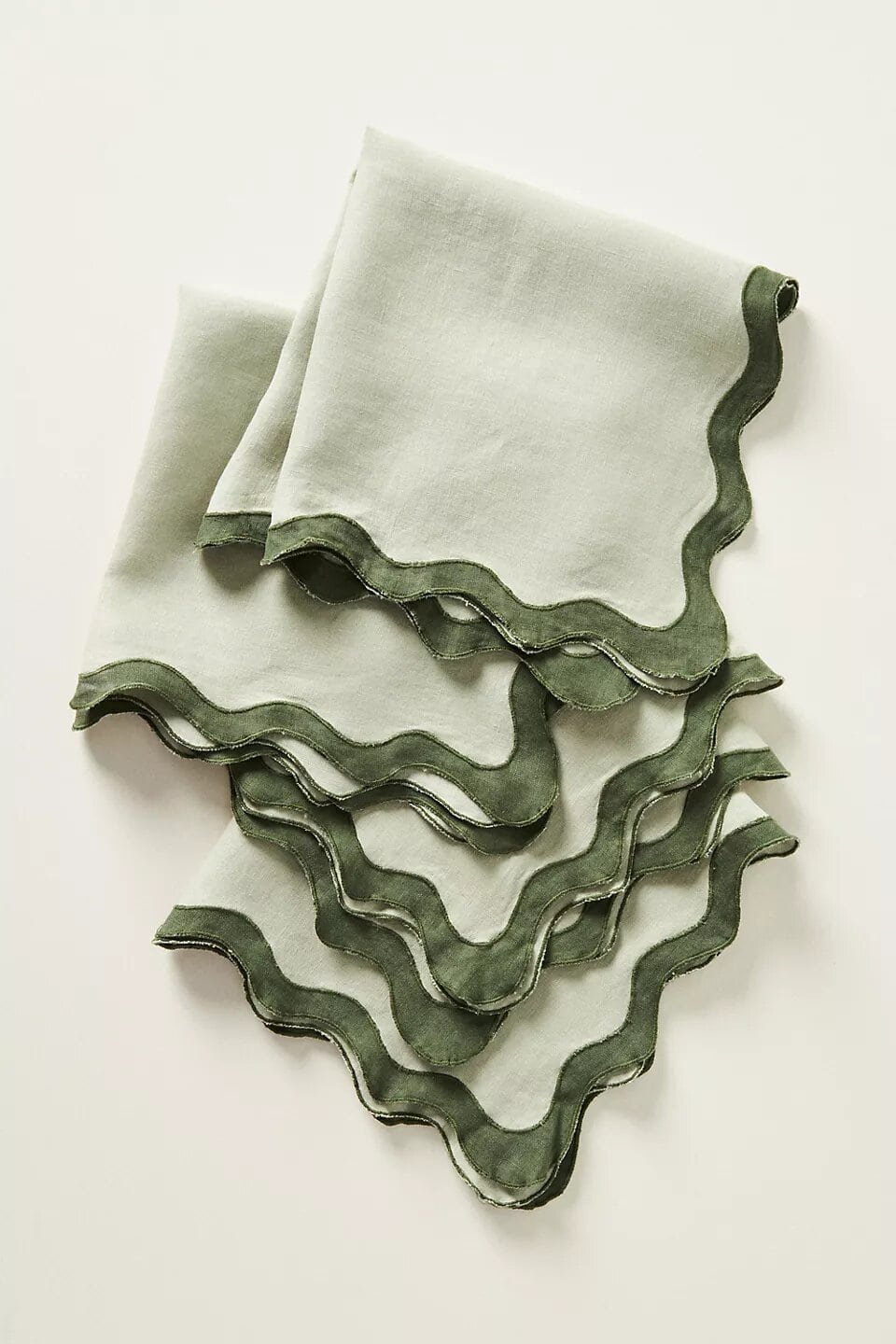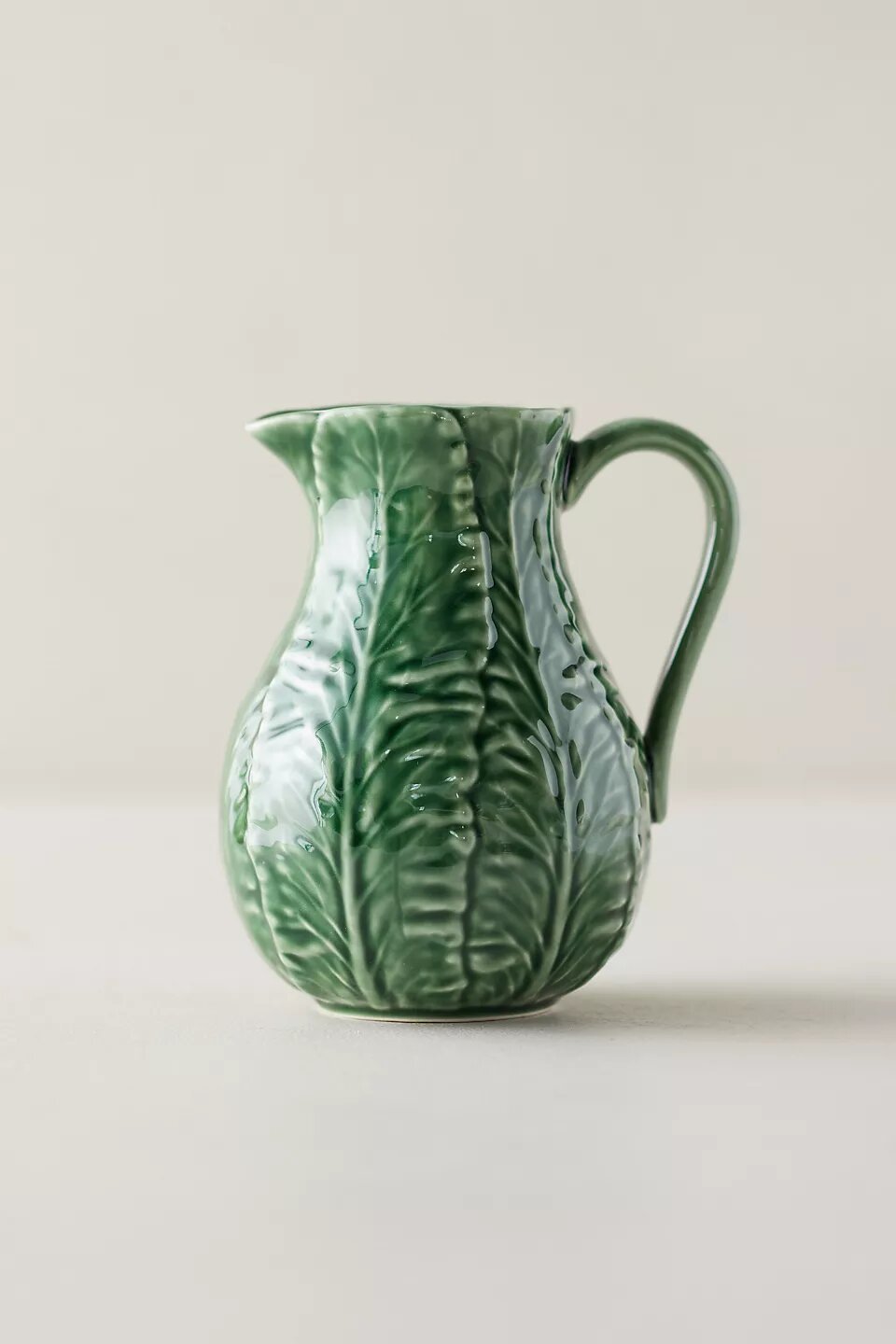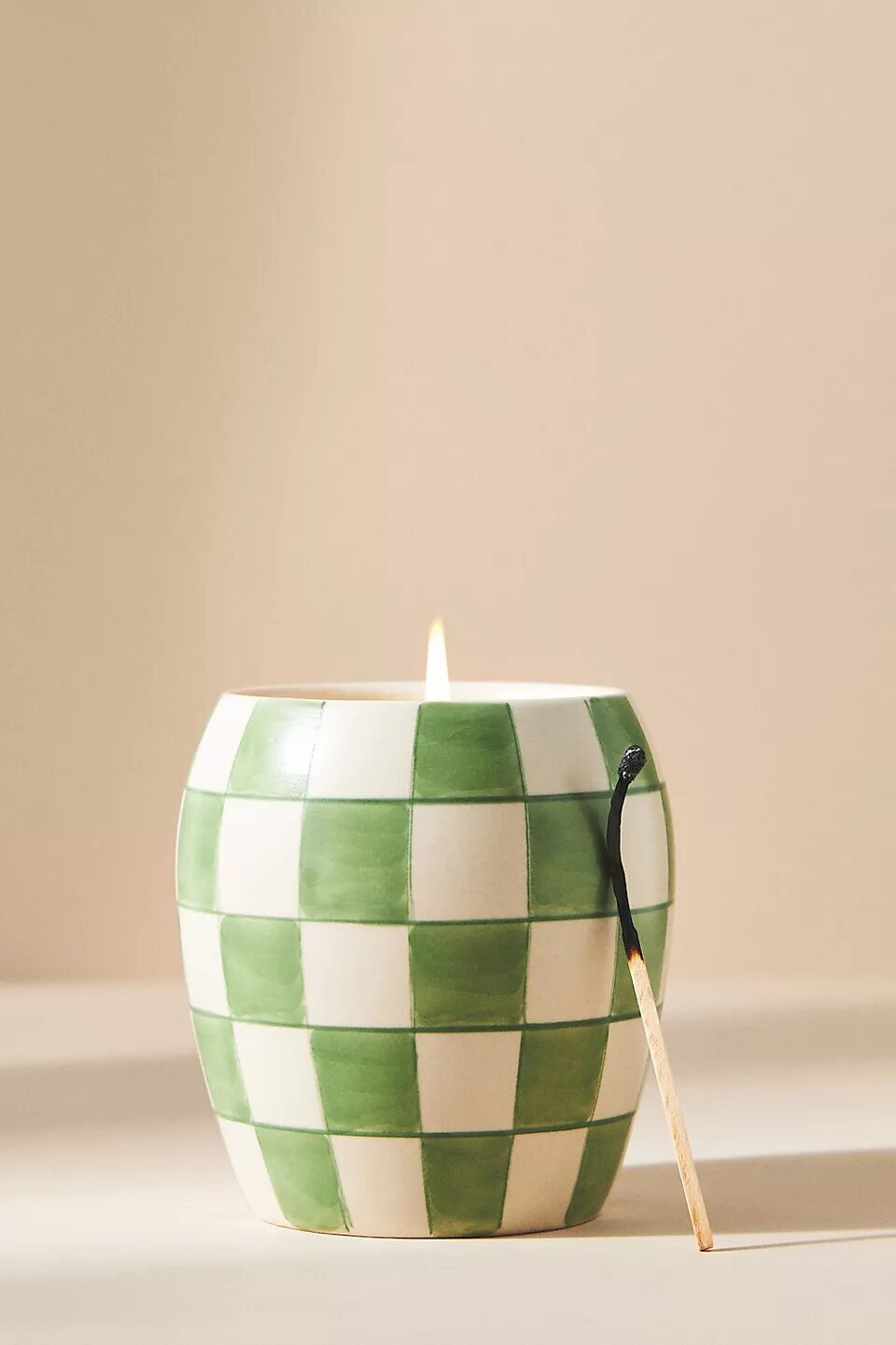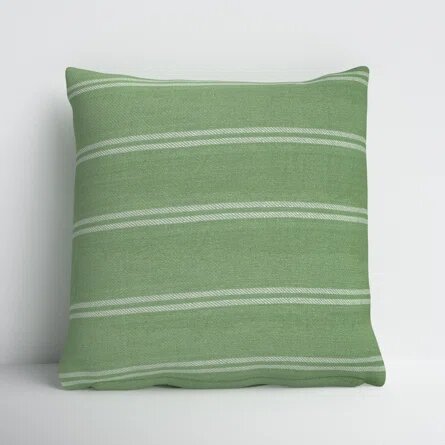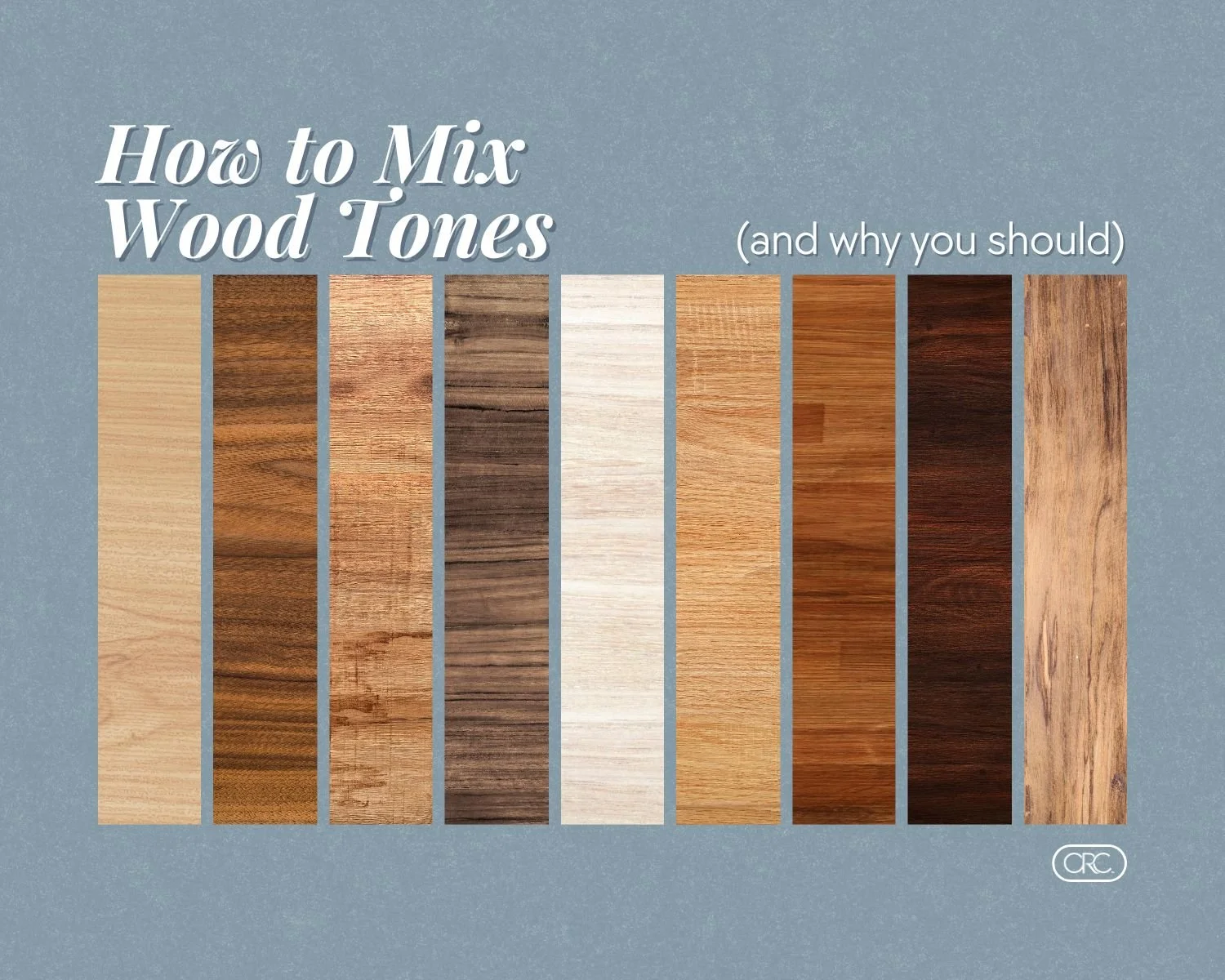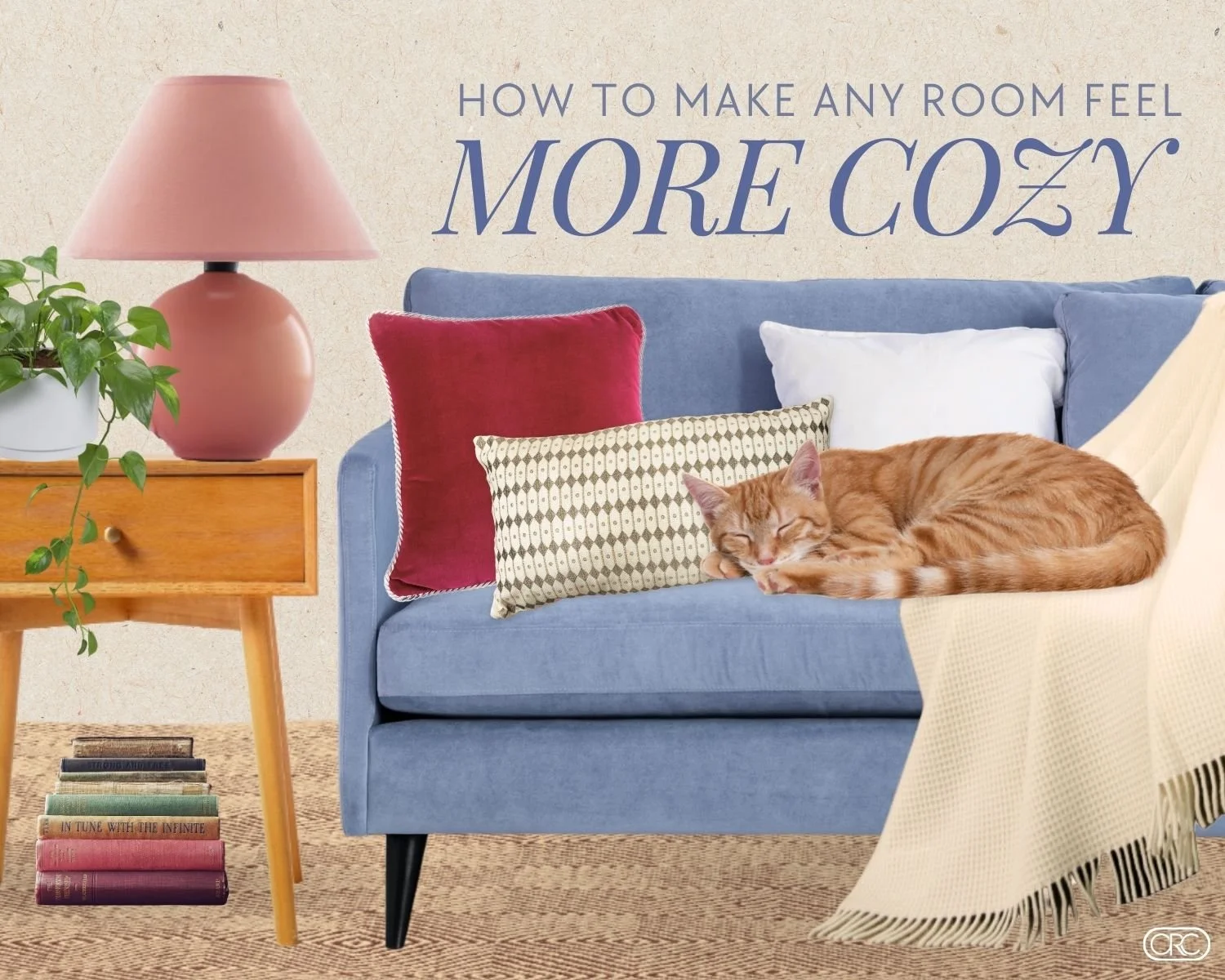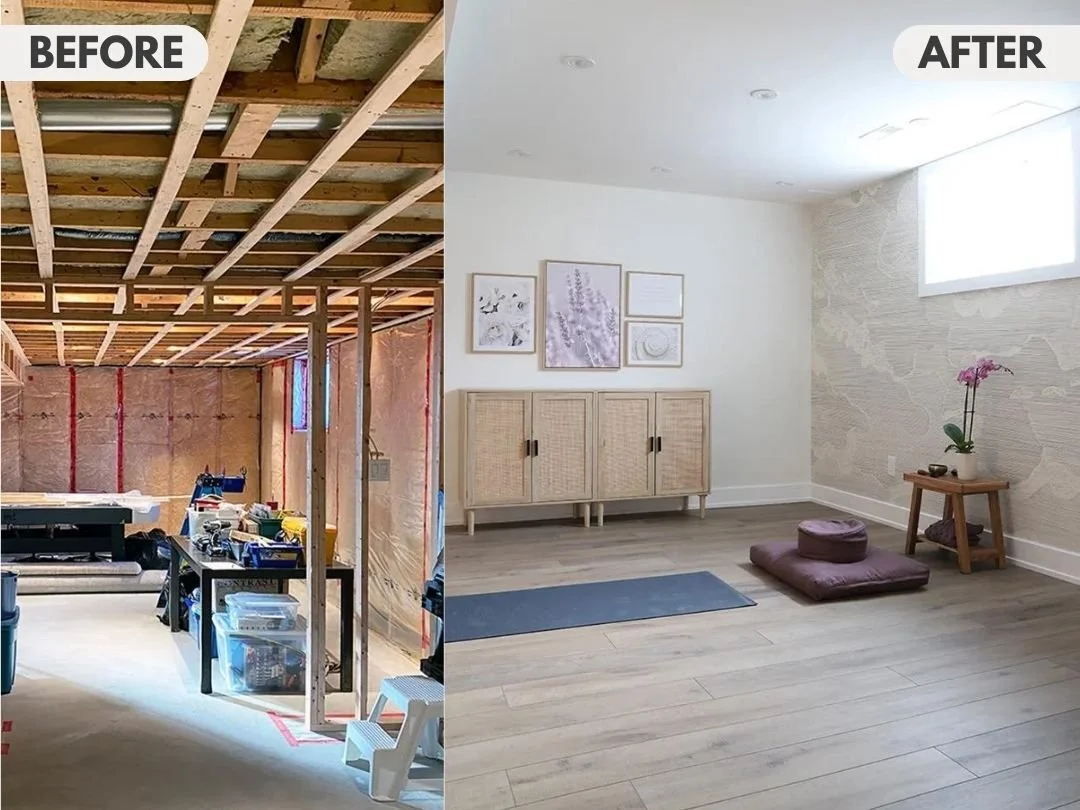How to Find the Perfect Shade of Green
DESIGN
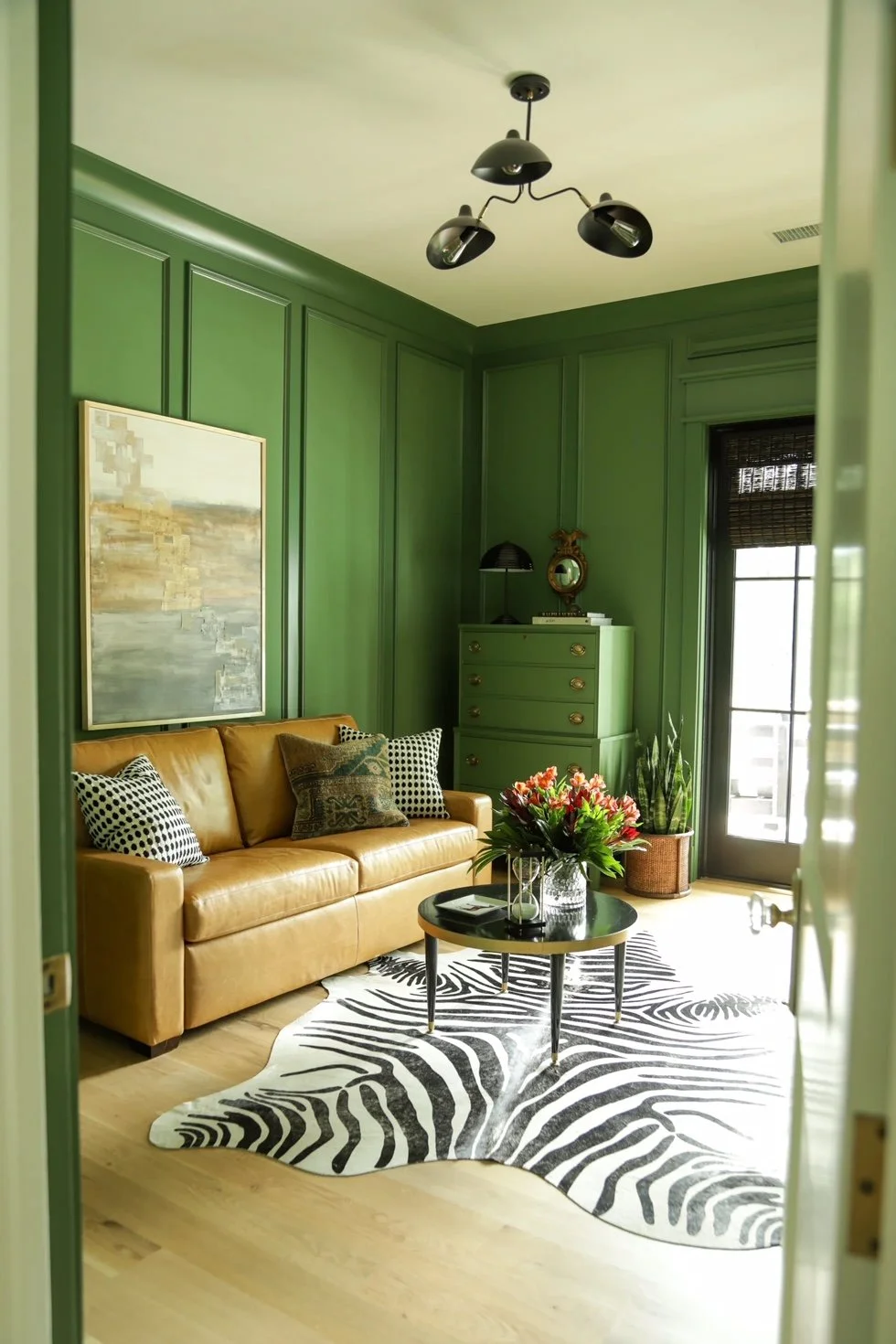
STORY BY VIRGINIA BESHEARS, IMAGE VIA OUR FIFTH HOUSE
Looking to go green? It’s is a versatile and refreshing color. When used in your home, green can be used to create a number of moods and feelings. There are so many gorgeous shades, though, that it can be difficult to know where to begin choosing the best green for your space.
Although color psychology is absolutely a legitimate field, most color psychology theories you see online are wildly over-generalized. In reality, the same shade of a color will have wildly different impacts from one person to the next.
That’s right— there truly is no “best shade of green” for interior design. No one shade of green is universally calming or energizing, regardless of what pop science may tell you. For one person, a dark forest green might feel rich and sophisticated, while to someone else that same color might feel gloomy and depressing. Our experiences, cultural backgrounds, and unique preferences contribute to our responses to colors far more than you might assume.
So, if you’re struggling to find the right shade of green for your next project (or if you simply can’t get enough of the color), we’ve got you covered. Read on for 30 gorgeously green ORC rooms, plus tips to find your perfect shade of green.
Warm Green
The first way to narrow down the search for your perfect green is to figure out whether you prefer warm greens or cool greens.
Warm greens lean towards the yellow end of the spectrum. These shades of green tend to feel more lively and energetic due to the yellow tones. As you can see from the images below, the saturation and lightness of the green has a big effect on its mood, but on the whole these greens tend to feel cheerful.
Cool green
On the other hand, cool greens have more blue undertones.
The shades of green in the images below vary from deep emerald to summer green or even seafoam, but all fall within the cool end of the green spectrum. Cool greens on the whole tend to feel more serene than warm greens due to the blue undertones.
Using green to make a moody vibe
Green is an incredibly underrated choice in a dark and moody space.
Dark green shades like forest green or deep emerald can add depth, richness, and intensity to a room, evoking a sense of drama and intrigue.
As you can see in the images below, dark green can look amazing in a warm or cool shade, and it ultimately comes down to personal preference.
Our favorite green interior paints
Accents of green
You also don’t have to go all in on green—incorporating accents or pops of green will still bring so much energy and freshness into a space. The shades and uses of green in the images below could not be more different. Which are you most drawn to?
Muted green
Once you’ve decided if you prefer warm or cool greens, and light or dark greens, the last variable is saturation. Muted colors in general tend to feel more calming and soft. Muted or dusty greens tend to work very well in spaces that lean Scandinavian or rustic, and pair beautifully with natural materials like wood or rattan.
Now that you know whether you prefer warm or cool green, light or dark green, and bright or muted green, choosing your perfect shade should hopefully be a breeze.
As always, we highly recommend taking the time to really consider how a color makes you feel, and if that aligns with how you want to feel in your space, be that calm, happy, creative, etc., rather than choosing a color that’s trending.
Green Accent Ideas
Since the decade so far has been huge for both natural wood tones and collected decor, mixing wood is absolutely a skill you should have in your arsenal, and it’s a piece of cake once you know the basics.
A lot of the info online about curb appeal is specifically for people getting ready to sell their homes, which isn’t necessarily helpful if you want to spruce up your house’s exterior just for your own enjoyment of your home. There are plenty of smaller tweaks you can make that will make a surprising difference to your home’s facade.
Linda’s big renovation project has been eight years and two hurricanes in the making, and the result is absolutely incredible.
When it comes to maximizing the impact of your kitchen renovation without breaking the bank, few materials offer as much bang for your buck as paint. Kathleen’s finished kitchen is absolutely incredible, and it’s mind-blowing how much she was able to do with paint alone.
ORC vet Samantha of Signed Samantha embarked on another room transformation this past fall ‘23 event, this time creating her home office 2.0. You may remember her gorgeous green home office from the fall ‘21 event—with a second child on the way, the need for a dedicated nursery meant saying goodbye to home office 1.0.
Have you ever stepped into a room and immediately felt a sense of warmth and comfort wash over you? It takes thoughtful design to make a space feel like a hug.
If you’re hankering for a little extra warmth in your space, here are just a few ways you can infuse a bit of coziness into any room of your home.
When it comes to interior paint, even your very favorite shade won’t live up to expectations without a well-executed paint job.
During the fall ‘22 ORC, Princess of Noire Motif tackled a gut renovation of her kids’ bathroom. Her goal was to create a bathroom that her kids would love, but that also felt mature enough to grow with them and eventually be used for guests once her kids have flown the coop.
Furniture brand Wovenbyrd has been a One Room Challenge sponsor for more than five years now, and we are thrilled to have them on board Team ORC.
If your watchlist is looking a bit sparse, whether you're a design enthusiast seeking fresh ideas or simply looking for some beautiful escapism, you’ve come to the right place.
Seasoned ORC vet Erin Zubot tackled a major mudroom overhaul during the Fall ‘22 event, during which she DIYed the most charming built-in storage bench. It looks incredible and is a vastly more efficient use of space.
When Shawna and her husband purchased their house a decade ago, they had planned to turn the unfinished basement into a playroom, but the arrival of their third child put the project on the backburner.
The major theme we noticed last year was that ideas and styles trended while not necessarily being trendy. Micro-trends are out, and timeless design is in.
As we bid farewell to 2023, it's time to celebrate the hands-on creativity that not only left us genuinely awe-inspired, but are also getting our gears turning for next year. This year’s ORC participants showcased an abundance of talent that deserves a moment in the spotlight.
As we wrap up the year, it's time to give credit where credit's due—the unsung heroes of our DIY endeavors. These six tools played a starring role in turning ideas into tangible creations this year.

